The Top 100 Things To Do in Australia Before You Die: revised edition – the updated list of Australian travel experiences everyone should have in their lifetime.
We asked the Australian Traveller community to vote for their favourite things to do in Australia. And respond you did – we received hundreds upon hundreds of nominations, from local secrets to stumbled-upon surprises and well-tramped icons of the Outback.
From that list, we asked a panel of ten well-respected and well-travelled Australians to help us vote on the final 100 – they rated each from 1 to 10 based on their personal knowledge or interest in the experience and thus we created the top 100 things we feel every Australian traveller must do before they die.
To view who was on the panel, click here.
Here is the final list of 100 incredible Aussie travel experiences everyone should do before they die.
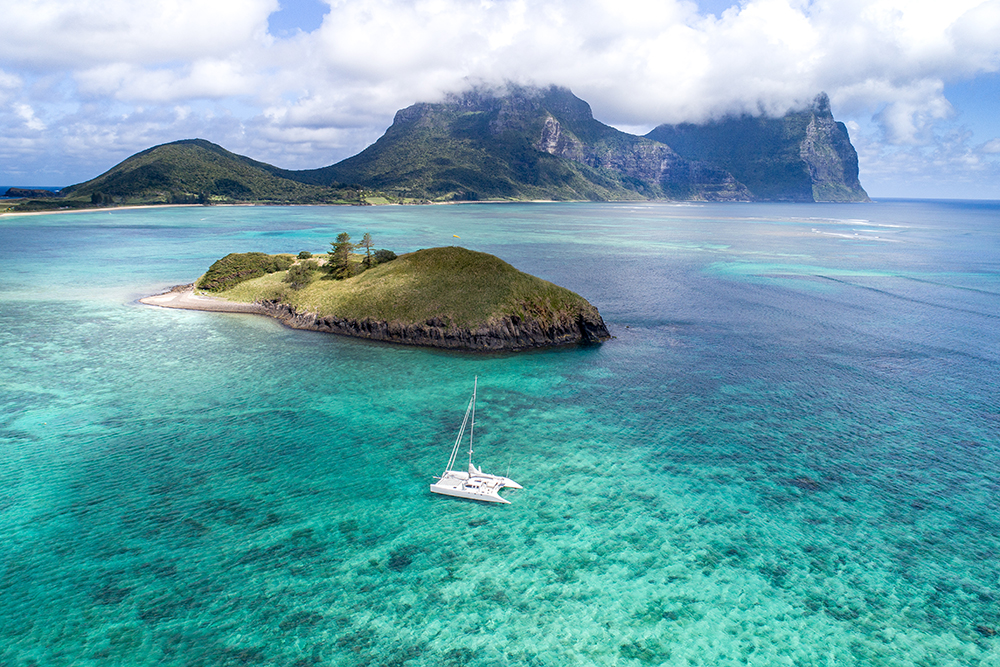
Where is it? 600km north-east of Sydney, NSW
The locals call it “the last paradise”, and Lord Howe certainly does have that South Pacific kind of feel to it. A vivid green volcanic island that rises dramatically out of the sea, you’d almost expect a ’60s-era Elvis to be wearing a lei and swinging an acoustic guitar here.
But despite first impressions, Lord Howe is not Hawaii. For starters, it’s just 10km long and 2km wide, and it is small on the population front, too – just 400 visitors are allowed on the island at any one time, making any stay feel secluded and exclusive, perfect for a romantic getaway. And while it’s just two hours from Sydney or Brisbane, it’s not easy to get to.
QantasLink flies out of Sydney most days, from Brisbane on weekends and weekly from Port Macquarie during peak season, but seats sell fast. Book your seat well in advance.
So why is it worth the effort? Because it’s truly unlike anywhere else in Australia. To be honest, we were surprised Lord Howe came in top of the list after our panel had voted – we were expecting a more predictable winner such as Uluru. But Lord Howe could win on looks alone. Defined by the twin peaks of Mounts Gower and Lidgbird at the southern end of the island, Lord Howe is one of the prettiest islands in the world.
“The climb to Mt Gower is one of Australia’s best day walks.” Dick Smith
On the western side of the island, a crystal-clear lagoon laps onto the aptly named Lagoon Beach, which is sheltered by a long stretch of coral – the world’s southernmost reef. There are 11 beaches on the island, with evocative names such as Blinky Beach and Lovers Bay, all with lovely golden sand; many are perfect for shell collecting.
It’s an ideal snorkeling and diving destination, too, due to the clarity of the water. The eastern side of the island in particular offers excellent surfing and fishing opportunities. Ned’s Beach is home to huge kingfish, which swarm around tourists’ legs at feeding time.
Perhaps the best thing about the island is that it hasn’t been dominated by a major resort, so the township is full of character. All of the accommodation here is owned and run by small operators. You can rent out a self-catering apartment such as Leanda-Lei or Ocean View Apartments, stay in a family-run guesthouse at Pinetrees, or go all-out on luxury accommodation at Arajilla or Capella Lodge (where our cover was shot).
Oh, and twitchers will find 129 native and introduced bird species here. No wonder it’s one of just four island groups to be included on UNESCO’s World Heritage List.
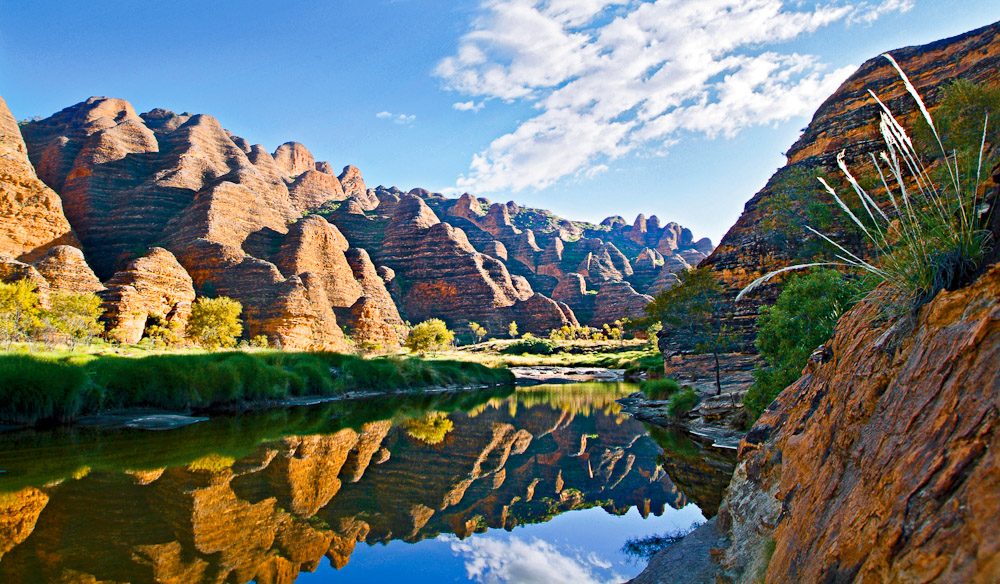
Where is it?250km south of Kununurra, WA.
You’ll be speechless within seconds of take-off as you’re introduced to Purnululu National Park’s Bungle Bungle Range, a carved 350 million-year-old landscape of gorges and pools surrounded by a soft, green blanket of grassland.
Since its discovery in the 1980s, what was once Australia’s best-kept secret is now internationally recognised as a top destination. Because most of the area is inaccessible by car or foot, the best way to appreciate the tiger-striped beehive domes is from a plane or helicopter.
The huge black and orange mounds rise up to 300m, while olive-green fan palms cling to the crevices below. Flocks of native birds swoop between the gorges, tracing the long and narrow chasms and the thick skin of stripy silica and algae on the rocks.
“The biggest sandstone massif on the planet is too big to comprehend from the ground; its scale can only be appreciated from the air.”Bill Peach”
If you look really carefully, you might see gorges decorated with Indigenous rock art and filled to the brim with Dreamtime secrets.
No matter how many times you soar over the Bungle Bungles, they always look different, depending on the time of year, the time of day and prevailing weather conditions. It’s a place you could visit time and again, and we urge you to do it at least once in your lifetime.
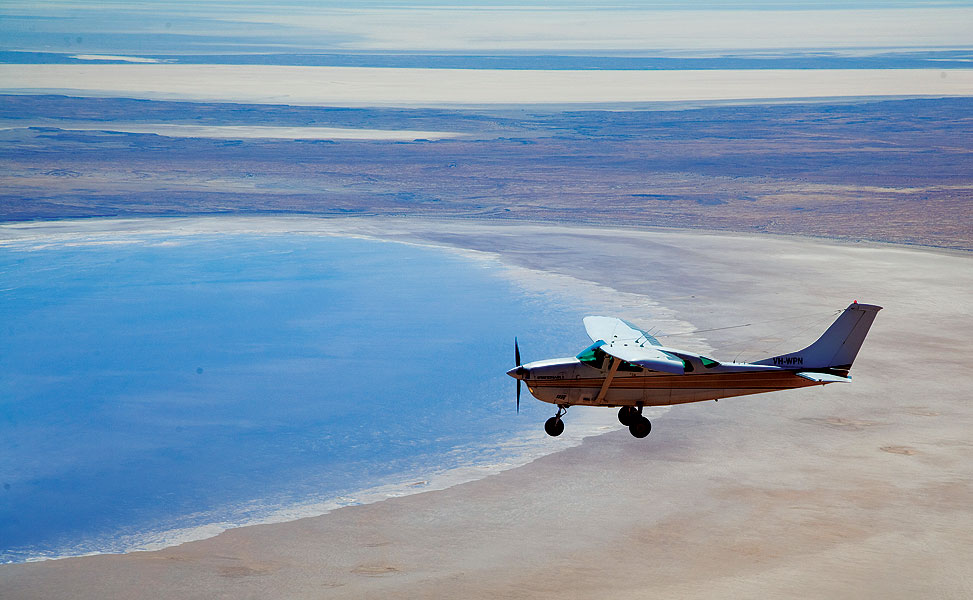
Where is it? 700km north of Adelaide, SA.
Something that has long been considered a ‘once-in-a-lifetime’ phenomenon has occurred for the third year in a row, so you’d be crazy not to experience it. During flood season, if the conditions are right, water from the rivers in outback Queensland eventually works its way down to the vast dry salt plains of Lake Eyre.
Until 2009, it was very rare for substantial quantities of water to make it this far – in fact, the highest water level recorded at Lake Eyre was in 1974, at a depth of 6m. But this year the lake’s southern end is full, and the northern end is three-quarters full.
“Have a beer and fling your bra across the bar for me at the William Creek Hotel. I don’t drink beer but did the bra thing” – Catriona Rowntree
Even when the lake is not entirely filled, it’s an amazing sight. The water brings fish and birdlife, and the interaction between the water and an algae called Dunaliella salina endows the landscape with a pink hue.
The best view is from an aircraft, but you can also take a 4WD tour around the edge. The indigenous land owners, the Arabanna people, ask that visitors respect the waterway and not take recreational craft out on it.
Also consider taking an air safari tour that includes camping overnight. You’d never think a flood plain would astonish you, but the combination of scale and the sense of the ephemeral make it a very special experience.
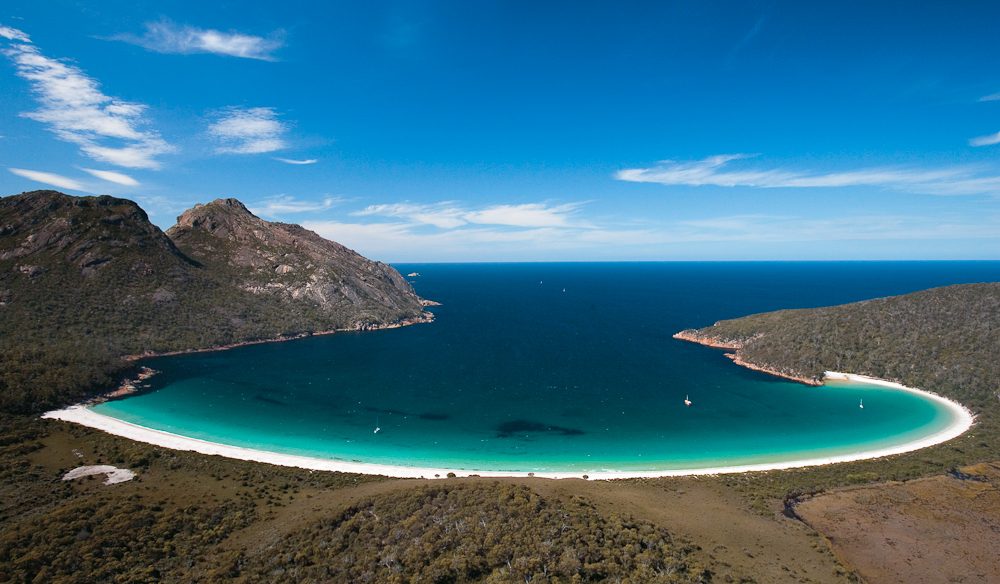
Where is it? 125km north-east of Hobart, Tas.
Treat yourself to some real travel eye-candy by visiting one of the top ten beaches in the world, as voted by the UK’s Condé Nast Traveller magazine – and the fourth best travel experience in Australia, as voted by us!
There are two great vantage points that offer that emblematic bird’s-eye view of Wineglass Bay’s perfect curve of white sand, pink granite rocky shores and turquoise waters: the Mount Amos and Coles Bay lookouts in Freycinet National Park. Even the most amateur of photographers couldn’t take a bad pic here. But nothing compares to actually getting down on that pure white sand.
“Tasmania has both well-preserved history and lovely scenery. Some of the most beautiful is at Freycinet Peninsula, with Wineglass Bay shaped exactly as the name suggests.” – Bill Peach”
Another great way to experience the region is on the Wineglass to Wine Glass full-day guided walking tour, where a maximum of eight hikers are given a commentary on the flora, fauna and history of the region while immersing themselves fully in this extraordinary Australian bush landscape.
After walking through national park and putting your footsteps in the sand of this iconic Tasmanian beach, you end up at a banquet table on Hazards Beach, nursing a glass of the region’s cool-climate wine.
Come at the beach from another angle by taking a dolphin-watching cruise. But no matter which angle you tackle it from, Wineglass Bay is a winner.

Where Is It? All around Australia
The Big Lap, as it’s known, is the ultimate driving journey Australians take when we realise there’s more to life than work. We cull all our stuff, kit up the car, get sorted with camping gear or caravans, and set off on the road to everywhere.
“Do this at least once in your life. I’ve done it over 20 years in cars, motorcycles and by thumb.” – Tony Wheeler
Many of us do it when we retire. Some of the smarter ones among us do it before we’re tied down with careers at all. Still others return home from living overseas and head off, after guiltily realising we know more about the rest of the world we do about our homeland. The bravest among us do it with young kids.
One thing is for sure – it’s a trip worth taking and one you don’t want to rush. We urge you to take a year off to explore. You can always pick up where you left off when you get back. If you want to.
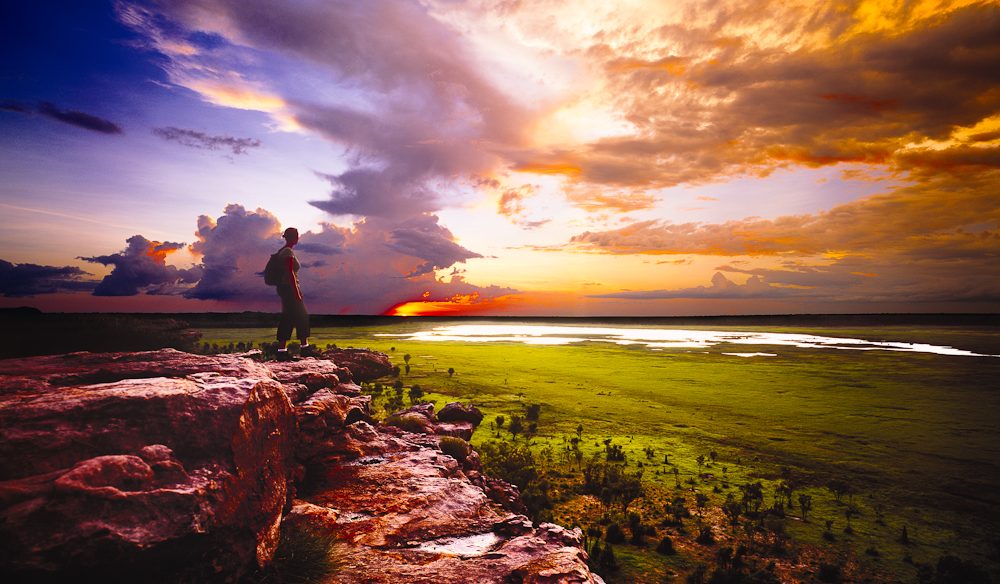
Where is it? 170km south-east of Darwin, NT.
Where better to get back to nature than in Australia’s largest national park – covering almost two million hectares of wilderness?
Enter the unique World Heritage-listed landscapes, and discover outdoor galleries of ancient art (and a few interesting creepy crawlies). Swim under postcard-perfect waterfalls, hike through the deep red gorges, cruise the Yellow Water wetlands and learn from Indigenous people about how their ancestors related to this land
There are no towns, crowds or commercial centres in the middle of this semi-arid desert, so you’ll sleep under a perfectly clear, starry sky.
“This tropical national park is the best wetlands wilderness in the world and a World Heritage site.” – Bill Peach
We recommend you take at least a week to discover Kakadu. This wondrous national park is the home base for more than 280 bird, 60 native mammal and thousands of insect species, 120-plus types of reptiles and, of course, crocodiles. It’s both beautiful and thrilling to see so many unique Australian animals in the wild.
The hardest decision is not about whether to visit, but when. The wet season brings vibrant, tropical vegetation but also rain, heat and humidity. The dry season gives you more access to explore a landscape of deep earthy colours and magnificent scenery that ranges from wetlands to stone country, chasms and coastal cliffs.
The traditional owners of Kakadu have occupied the land for over 40,000 years and today lease it to the government for the wider public to explore. Kakadu holds the largest collection of Indigenous rock art in the world, and it’s an absolute privilege to be able to visit one of its significant sites, a living gallery of rock art that ranges in age from about 20,000 to just ten years old.
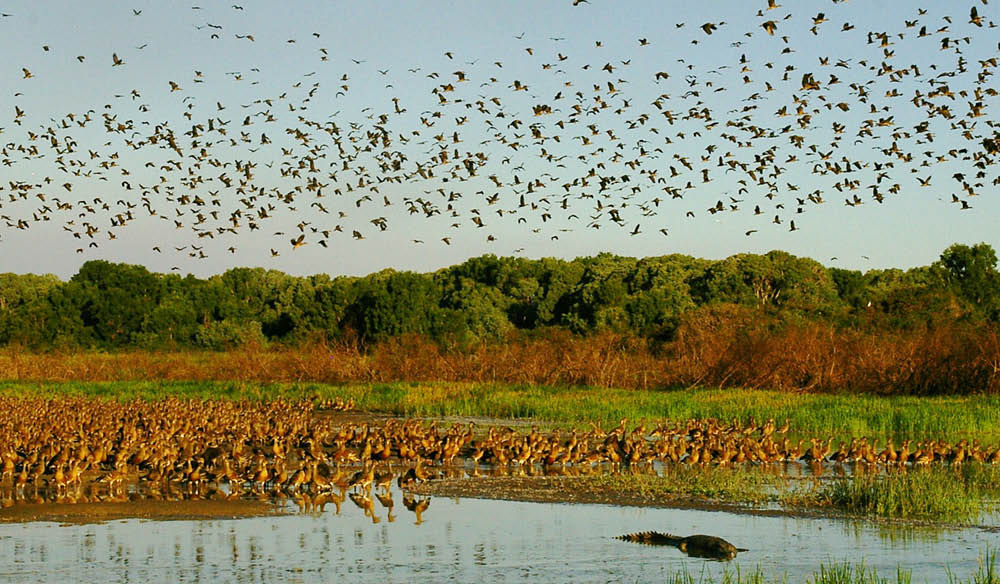
Where is it? Between Kakadu National Park and the Gulf of Carpentaria, Arnhem Land begins 300km east of Darwin, NT.
Its population is almost entirely Indigenous. It offers over 90,000km2 of astonishing untouched wilderness. You can only drive into the region by 4WD, and even then only between April and September, well out of wet season.
Arnhem Land’s drives are challenging, its campsites are remote (you’ll often have them to yourself) and anglers here won’t believe the size of the fish. With barramundi over a metre long, there’s no need to exaggerate.
“There is no other place on earth where you could possibly feel as much like you’ve stepped out of a time machine into the dawning of life on this planet.” – Elisabeth Knowles
Art lovers will be pleased they’ve stumbled across the place with the oldest rock art in the world. Visit Injalak Hill, Canon Hill and Ubirr Rock to see some of the best examples. Just south-east of the mining town of Nhulunby, you’ll find the Yirrkala community, who are known for their bark painting.
This is also where you can best invest in a didgeridoo (properly known as a yidaki), as this is where they originated and they are still crafted and painted according to traditional techniques.
AT’s managing editor, Quentin Long, reckons Arnhem Land is life-changing, and we know you’ll agree. But please note: you need a permit to visit, so you have to plan ahead.
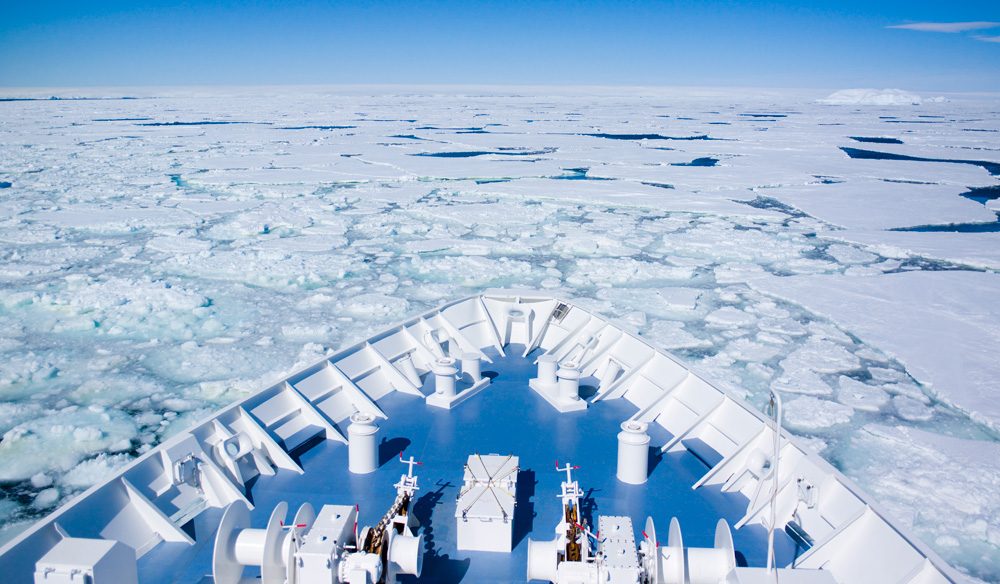
Where is it? Australia’s closest Antarctic station, Casey, is 3440km from Hobart, but the subantarctic Macquarie Island is a mere 1500km south-east of Tasmania.
It seems the question of where to go on your holidays is becoming more of a conundrum than ever. Travellers are increasingly attracted to not only the road, but the location less travelled. The more remote, the more elite the tour group, the more extreme the environment, the better. Blame expedition cruising, and the more active and agile among the retired leisure class.
Antarctica is an increasingly covetable destination, and the Australian Subantarctic Region, until recently little known, is now on the tourism radar too. So you’ll be glad to know you can still be an Australian traveller while you’re in Antarctica.
“While you are here, make sure you visit Mawson’s Hut at Cape Denison. It’s untouched and completely frozen in time 100 years on.” Lisa Wilkinson
Macquarie Island, for example, which is halfway between Australia and Antarctica in the Southern Ocean, is in fact considered part of Tasmania. It’s even looked after by the Tasmanian Parks and Wildlife Service.
But it’s also on the World Heritage List for being the only place on earth where rocks from the earth’s mantle, 6km below the ocean floor, are exposed above sea level. It’s a breeding ground for fur seals, elephant seals and many Southern Ocean birds, such as albatrosses, and is home to royal and rockhopper penguins.
Then there’s Mawson’s Hut at Cape Denison, a time capsule preserved in ice of Sir Douglas Mawson’s explorer’s hut/scientific base. And Commonwealth Bay, the windiest place on the planet, where you can see king penguins at play.
The only way to get to these places is by ship, of course, and preferably a big, ice-breaking one.

Where is it? Between Adelaide and Darwin on The Ghan, or between Sydney and Perth on the Indian Pacific.
The most relaxing way to see the unique landscape of Australia is from the comfy window seat of a luxury train. There will be no squabbling over who has to drive and who gets to enjoy the scenery – everyone on the Indian Pacific and The Ghan gets a great view.
The Ghan goes from Adelaide to Darwin over three days, via the Adelaide Plains, Flinders Ranges, Red Centre and Top End, covering a distance of almost 3000km. The Indian Pacific, meanwhile, does as its name suggests, picking up travellers from Sydney (on the Pacific Ocean) and taking them to Perth (on the Indian Ocean), via Adelaide and vice versa.
“This is something I can personally recommend – I loved it.” Maggie Beer
Whistle-stop tours of towns along the tracks are included in the price of a ticket, and if you fork out extra for platinum or gold-class ticket you’ll be as snug as a bug in a very plush rug, rather than a seated sardine.
Australia is the only continent in the world that can be crossed coast to coast on a single train, so it would be un-sportsmanly to let the opportunity pass you by.
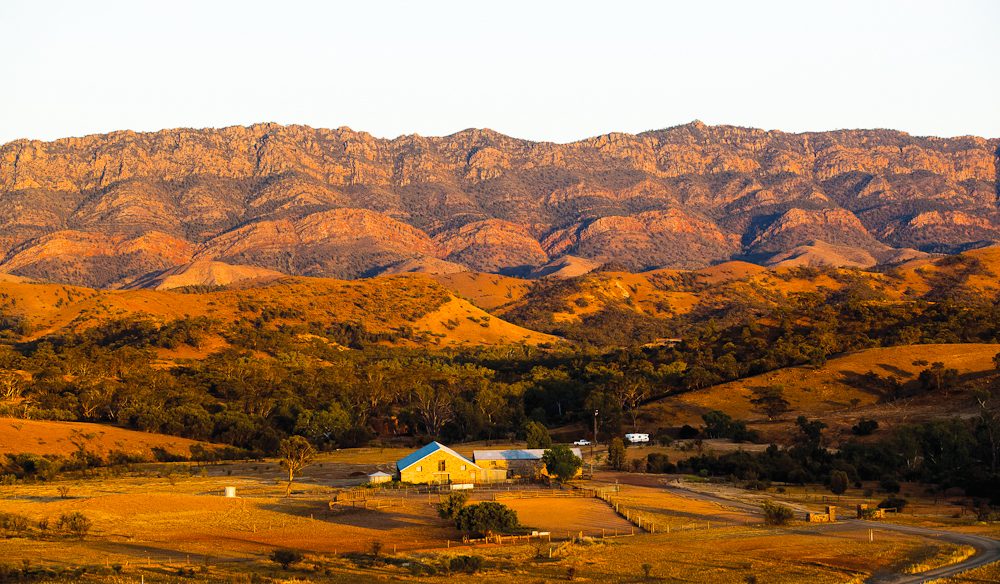
Where is it? You’ll find the foot of the Flinders Ranges approximately 200km north-west of Adelaide, SA.
This truly is a spectacular destination. We bang on about the Flinders Ranges a fair bit in the office – particularly Wilpena Pound, the vast natural amphitheatre that’s the backdrop for Rawnsley Park and Arkaba Station – so we’re glad our panel rated it as highly as we do.
We’re cheating by making this one thing to do before you die: it’s really three, because there are three distinct regions in the Flinders – the Northern, Southern and Central Ranges. The entire Flinders Ranges is home to excellent cycling and walking tracks (such as the 900km Mawson Trail and Heysen Trail), as well as great food and wine trails.
“To many, the Flinders Ranges represent the essence of The Outback of Australia. The great natural feature of Wilpena Pound, an enormous circle of rock walls, is at the heart of the range and is a must-see destination.” – Bill Peach
The Central Flinders Ranges are home to the aforementioned Wilpena Pound, excellent four-wheel-driving and ancient rock art in the Yourambulla Caves. You’ll also find the Australian Arid Lands Botanic Gardens here, which are worth visiting for their sculptural eremophila garden and Flinders Ranges backdrop.
The Northern Flinders Ranges are as outback as it gets, with some startlingly rugged and challenging 4WD trails. It can get pretty hairy here, but if you’re the adventurous type, this is the place to test your mettle.
While you’re here, be sure to explore the Aboriginal Dreaming Trail – a two-day, self-drive tour that takes you through Aboriginal communities.

Where is it? It begins in Torquay, 100km south-west of Melbourne, and stretches 240km west to Allansford near Warrnambool.
The distance may not seem great, but the best way to ‘do’ the GOR is over a few days, if not a week, to fully appreciate this pretty, serpentine coastal drive.
You’ll want to stop at lookouts along the way and give yourself time to overindulge in at least one quaint, gourmet-influenced café in a beachside town, or vineyard in the hills.
“Driving this stretch of Victorian coast offers such diverse scenery you are surprised at every turn, but to truly experience this changeable, dramatic and fabulous part of the Shipwreck Coast, I recommend getting out of the car and doing the Great Ocean Walk with small-tour operator Both Feet.” – Elisabeth Knowles
The biggest treats en route are the spectacular Twelve Apostles. Emerging sharply from the sea, they were formed by erosion of the coastal limestone cliffs. This ocean is fierce here, with the Bass Strait claiming at least 50 vessels during the 19th century.
And it’s still destroying the cliffs – only seven of the Twelve Apostles are left, the most recent victim (martyr?) crumbling in September 2009. So see them before you die – or before they do.
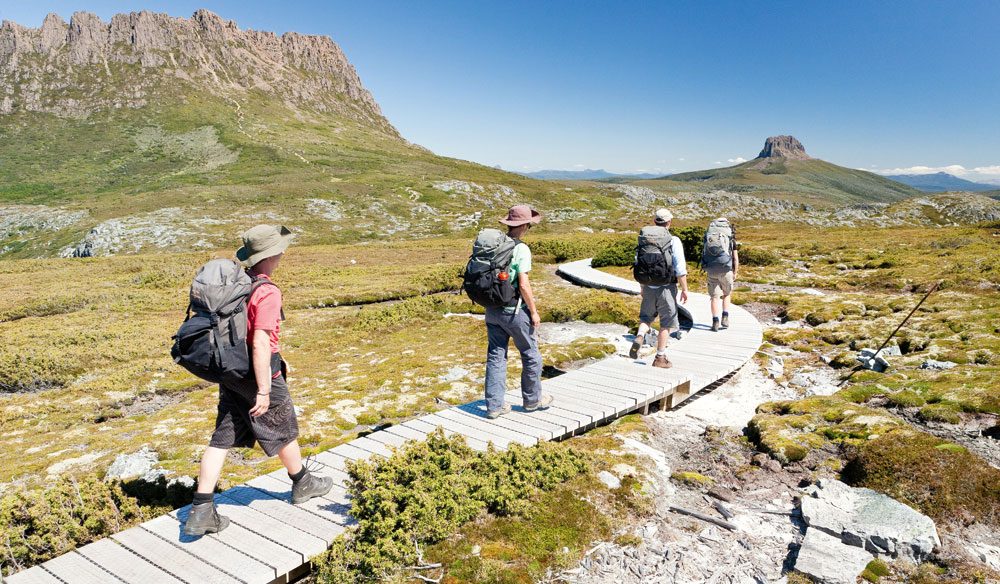
Where is it? Cradle Mountain-Lake Sinclair National Park, Tas.
Walking the 65km Overland Track is easily the best way to get your blood pumping in the magical Tasmanian wilderness. The rapidly changeable weather will keep you on your toes during the six-day trek and you’ll have to be in top physical condition, but the finish-line view is unbelievable.
Sure, it might not be the highest mountain in Tasmania, but it has become one of the most recognisable peaks in Australia. December through April is the best time to hike because of the longer hours of warmth and daylight.
“This is Australia’s great bushwalk” – Tony Wheeler
If you don’t feel like doing it the hard way – ie, with your own camping gear – join a guided tour through Anthology and be one of the lucky few to have access to the Cradle Mountain Huts along the way.
They are warm and dry, and someone else will make a fabulous meal for you each night, complete with local wines. Don’t be put off by the bedraggled campers giving you the evil eye.
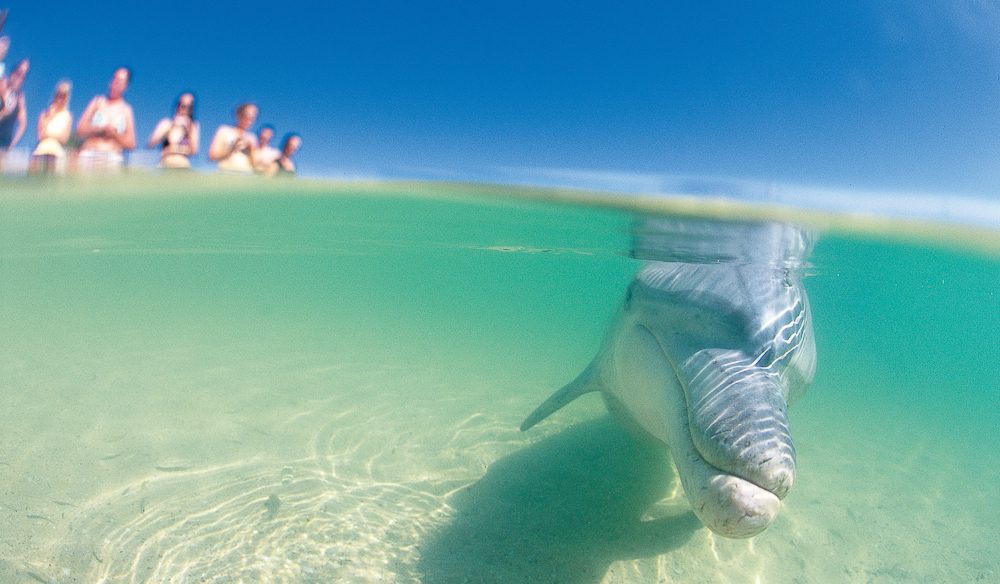
Where is it? 800km north of Perth in Shark Bay, WA.
Monkey Mia has nothing to do with primates: cetaceans are the main attraction. Wild bottlenose dolphins frolic off this remote beach at Australia’s most westerly point and come into shore for feeding time.
If you’re lucky, the ranger might declare you a Chosen One and it will be your hand that feeds a dolphin. It’s an experience that’s both magical and intimate.
“You can’t help but wonder if Hitchhiker’s Guide to the Galaxy author Douglas Adams was right about dolphins when you get up close to them. As they swim away you can almost hear them saying, ‘So long, and thanks for all the fish.’ ” – Elisabeth Knowles
It’s remote, but it’s also relaxing, and its surrounding landscape is just as striking as the wildlife encounter itself. Monkey Mia’s terrain is a fiery orange-red that contrasts brilliantly with the vivid waters lying right alongside it.
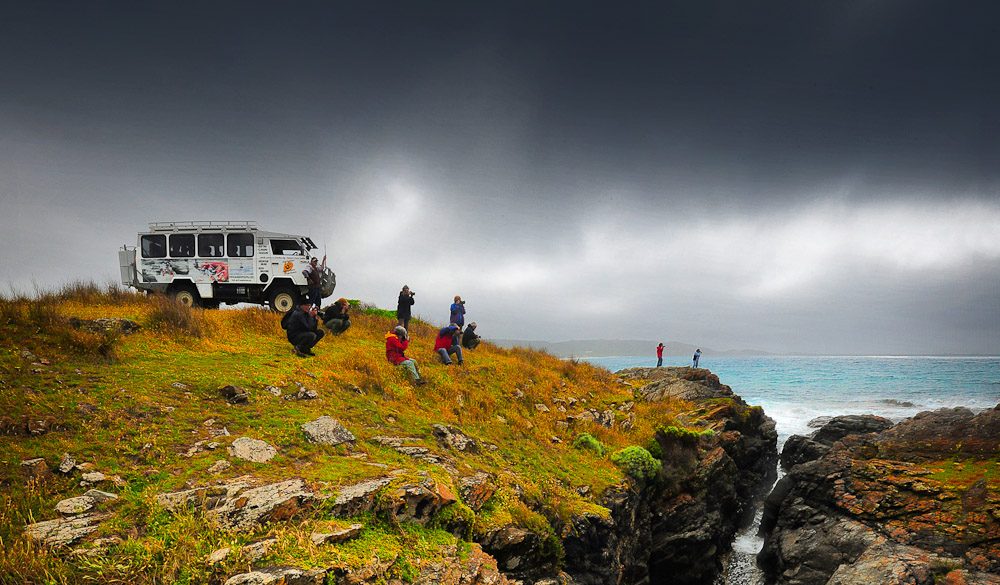
Where is it? In the Bass Strait between Tasmania and Victoria.
King Island is foodie heaven. Sure, you could stroll barefoot on the beaches, enjoy an ecotourism wilderness walk or go fishing, but it would be rude to ignore the gourmet produce: King Island Dairy cheese, yoghurts and cream – its fromagerie is open for tastings Sunday-Friday.
Then there’s beef, rock lobster, fresh oysters, cold-pressed honey, an excellent bakery. They even bottle their own rainwater here – called Cloud Juice.
“The cream alone would get me there!” Maggie Beer
Unexpected activities outside of dining also help round out King Island’s offerings – both of the upbeat and laid-back nature. It’s been long-popular with surfers catering to a variety of different break types and swell conditions, without having to share them with many other people.
It’s also home to some of the most ruggedly scenic golf courses in the world, presenting a combination of challenging wind conditions with utterly gorgeous coastal scenery.
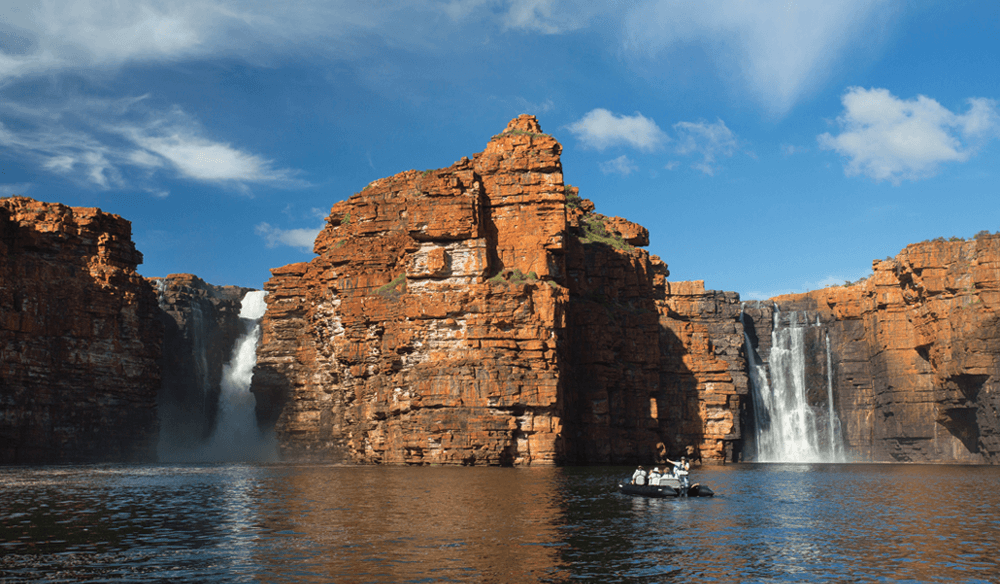
Where is it? In northern WA, stretching from Broome to Kununurra along the coast and including the inland towns of Halls Creek and Fitzroy Crossing.
Visitors to the Kimberley from November to April can become overwhelmed by the heat and humidity, and awestruck by the often violent weather.
The tropical monsoons bring a dramatic edge to any holiday, but the wet season is also supremely beautiful as rugged red cliffs clash with dense green rainforests, and every aspect of the landscape becomes saturated with colour.
“The Kimberley is a huge region, a sixth of the Australian continent. It’s still a wild area of the world. While you’re here, be sure to take a river cruise up the Ord River to Lake Argyle; it is a wild experience.” – Bill Peach
It’s a spectacular time to visit, especially by sea, when waterfalls burst over coastal cliffs, trees are full with leaves and glistening balls of spinifex cling to the shining faces of gorges. It’s the best time of the year to witness the power of Mitchell Falls, King George River and Falls and the Horizontal Falls.

Where is it? Just off the coast of Exmouth, about 1200km north of Perth, WA.
For four months every year, the world’s biggest fish hang out at Ningaloo Reef. And from April to July each year, every dive and snorkel operator on the coast starts their boat engines and sends up spotter planes to get people like us out in the water, to swim in the ocean alongside these gargantuan, graceful creatures.
Happily, these wide-mouthed, speckled sharks are not carnivores, and they don’t seem to mind our curiosity.
“This is the one treat on my bucket list I always miss out when it comes up on Getaway, so I’ll have to do this on my own. I’d love to swim with these gentle giants once in my life.” – Catriona Rowntree
The other marine life and coral of the reef is also an attraction in itself, so even non-swimmers can join in and admire the spectacle from the safety of a dry vessel.
Swimming with whale sharks isn’t cheap – the most affordable operator charges about $350 per person, but this truly is a once-in-a-lifetime experience given only one in 3 million people in the world ever get the chance to do it; and thus one well worth saving for.
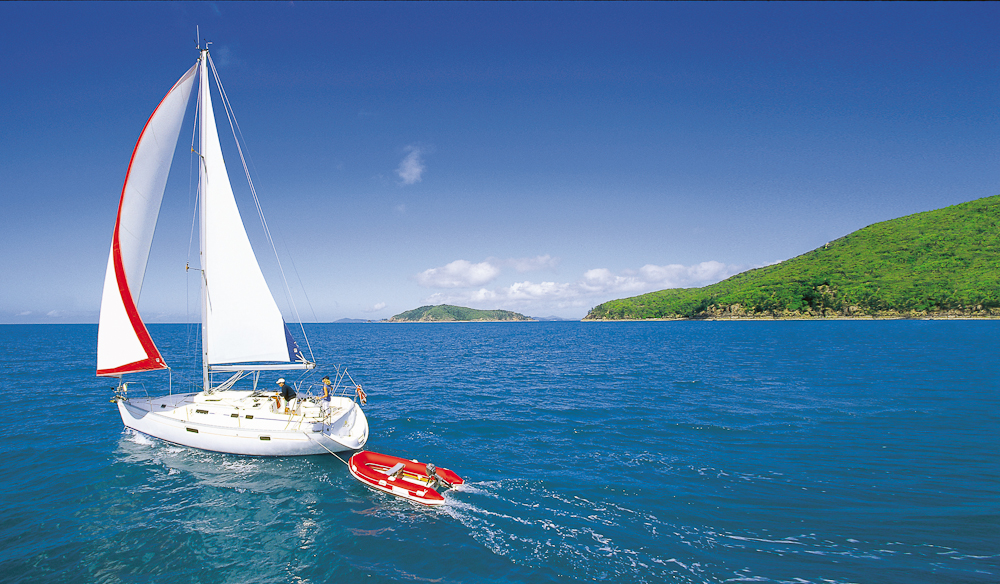
Where is it? Off the coast of Airlie Beach, Qld.
There are many ways to explore Australia’s most acclaimed island chain, but taking a leisurely sail through clear turquoise waters, alongside pristine coral reefs and past 74 islands with magnificent white sand beaches has to rank near the top.
If you want a tranquil, beautiful holiday where you feel like you’re actually doing something, the Whitsundays are the way to go and the place to be given their spectacular mix of reef and island environments and eternally-warm weather.
“I have done this several times and recommend it to everyone.” – Bob Ansett
You can charter a boat and skipper it yourself (known as “bareboating” in salty circles), hop on a tall ship or join a small group aboard a private vessel skippered by a professional.
And of course, while you’re in the area, drop in on spectacular Whitehaven Beach, which rivals Wineglass Bay for the title of the most beautiful beach in Australia (and clocks in itself at number 59 in this very list of essential Aussie experiences).

Where is it? Sydney Harbour, NSW.
Ferries are to Sydney what trams are to Melbourne. While Sydneysiders might shrug at something they consider a mere part of everyday life, for visitors and first-timers there’s no denying the experience is still magnificent.
Summer days and clear nights are the best time to get out on deck with a camera to capture the Harbour Bridge, Opera House, Garden Island naval base, Fort Denison and the Botanic Gardens on the way from Circular Quay to Manly, where the beachfront cafés, pierside pub, ice-creamery in the Mall and designer boutiques in the back streets will keep you entertained for a few hours.
“A favourite adventure of mine from my past time in Sydney.” – Maggie Beer
And if you’re feeling brave you can dive with sharks at OceanWorld. But in the case of the Manly ferry, it really is the journey that makes the trip.
If the weather’s bad, hold on to your lunch, because it can get pretty rocky by the Heads. But when the sea is calm and the sky is blue, you’ve got to pinch yourself to believe this is how some people get to work each day.
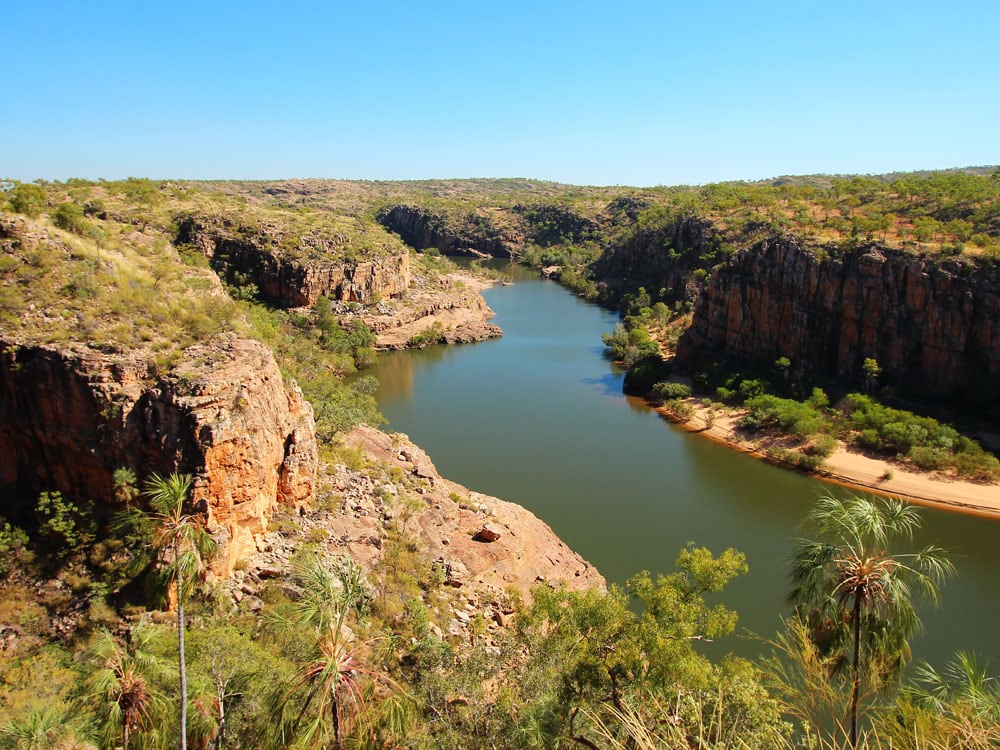
Where is it? Katherine Gorge and Nitmiluk National Park, NT
The classic novel ‘We of the Never Never’ by Jeannie Gunn, was written in the early 1900s. Set on a cattle station at Mataranka, it was the first glimpse many city-dwelling schoolkids had of the untouched, predominantly Indigenous Outback.
North of Mataranka is Nitmiluk National Park’s sandstone country, where a cruise down the Katherine River see walls of rock stretch up hundreds of metres on either side of you.
“If you can get an Indigenous Aussie to take you around you’ll never forget the experience.” – Catriona Rowntree
Hire a canoe and paddle downriver on a self-guided camping tour with a small-group operator, or hike the 66km Jatbula Trail and swim in its waterholes.
But for real insight, hook up with an Indigenous tour operator. Nitmiluk Tours is owned and run by the Jawoyn community, the traditional owners of Katherine Gorge.

Where is it? 260km offshore, west of Broome, WA.
We have some magnificent snorkelling sites and reef dives, but this little-known Marine Park is one of the best. Overlooked in favour of the more accessible Great Barrier Reef, Rowley Shoals’ beauty is enhanced by the fact you will often be among the only people swimming here.
Three coral atolls comprise Rowley Shoals: Clerke Reef, Imperieuse Reef and Mermaid Reef, with drops up to 400m to the ocean floor. Marine life abounds.
Big beasties such as sharks, dolphins, marlin, sea turtles, manta rays and humpback whales patrol the surrounding waters, while within the reefs you’ll find giant clams and over 600 species of fish. The clear waters allow vision up to 60 metres, allowing you to take in all 233 species of coral on the reefs.
“Anything involving True North Cruises is going to be good.” – Bob Ansett
If you’re strapped for cash, you can take day trips out of Broome with various dive tour operators, but if you feel like treating yourself to something extra special (which is the point of this list, after all), do it in style on True North Cruises’ boutique luxury cruise ship True North, which is based here September-October each year.
Its four-day cruise sees you anchor at the Shoals and explore every nautical mile of this captivating marine environment.
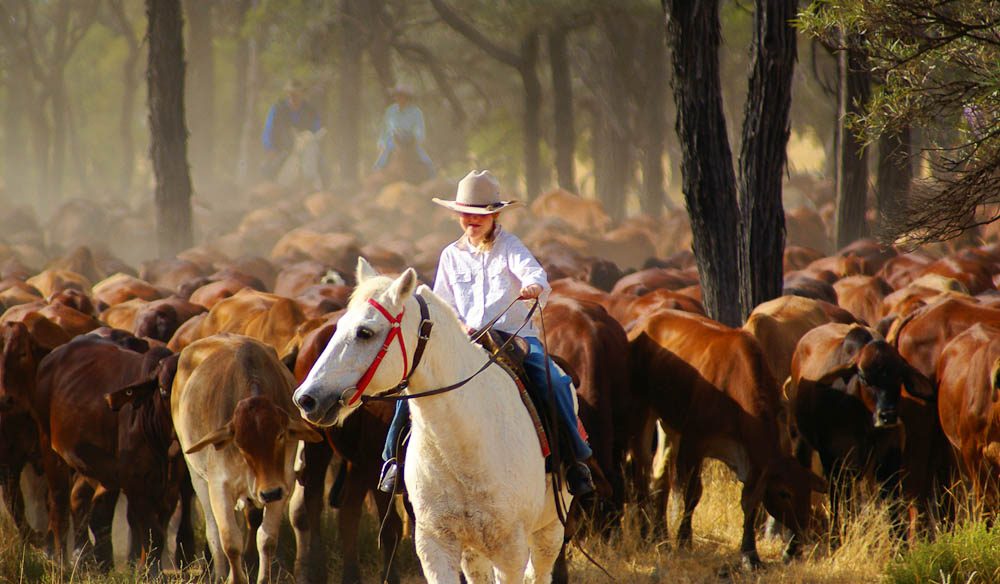
Where is it? Muttaburra to Lake Dunn, Qld.
There’s no better way to get an insight into the bushman’s psyche and a feel for the Australian landscape than to hop on a horse and join an outback cattle drive.
The annual Harry Redford Cattle Drive covers 200km from Muttaburra to Lake Dunn via Bowen Downs and Aramac in central Queensland.
“Fantastic fun. Simon Bryant and I did something very similar with the Great Cattle Drive when we were filming The Cook and the Chef.” – Maggie Beer
It follows in the hoofprints of legendary bushranger and cattle thief Captain Starlight (Harry Redford), who sequestered up to 1000 head of cattle from the Scottish Australian Company and drove them to South Australia along the Strzelecki Track.
This year’s drive takes place between May 7 and 28 and promises 19 days of bowed legs during the day and tall tales round the campfire at night as you drive 600 cattle alongside experienced drovers.
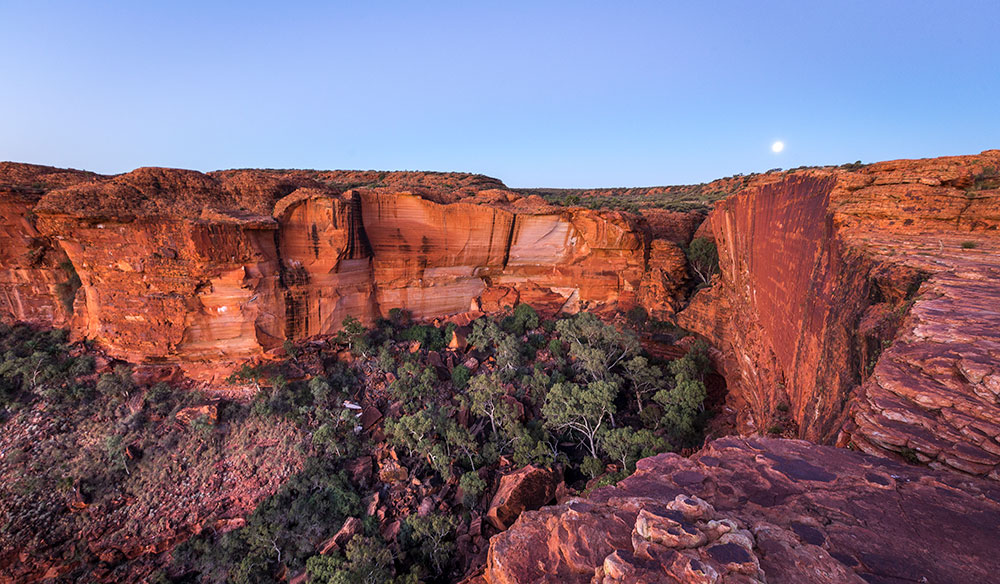
Where is it? Watarrka National Park, 300km north-east of Uluru-Kata Tjuta National Park, NT.
Most people visit the Red Centre to see the Rock. While Uluru is undeniably an experience not to be missed, a surprise highlight for many is Kings Canyon.
It’s astounding that this phenomenal land formation so often flies under the tourist radar, but in a way it’s a good thing. If you’re in the area for Uluru alone, you’ll be overjoyed to find this rugged, prehistoric-looking canyon, with walls rising up to 270m above the canyon floor.
“It may be smaller than the Grand Canyon, but it is spectacular.” – Tony Wheeler
A sheer climb up the rock face allows access to a 6km rim walk, with vertiginous views across rugged landscape to the George Gill Ranges.
At the top of the canyon you’ll find weathered, buttressed domes and prehistoric-looking trees in The Lost City, and a valley with pooled waterholes and lush vegetation in the Garden of Eden. A truly awe-inspiring hike at the heart of Australia.
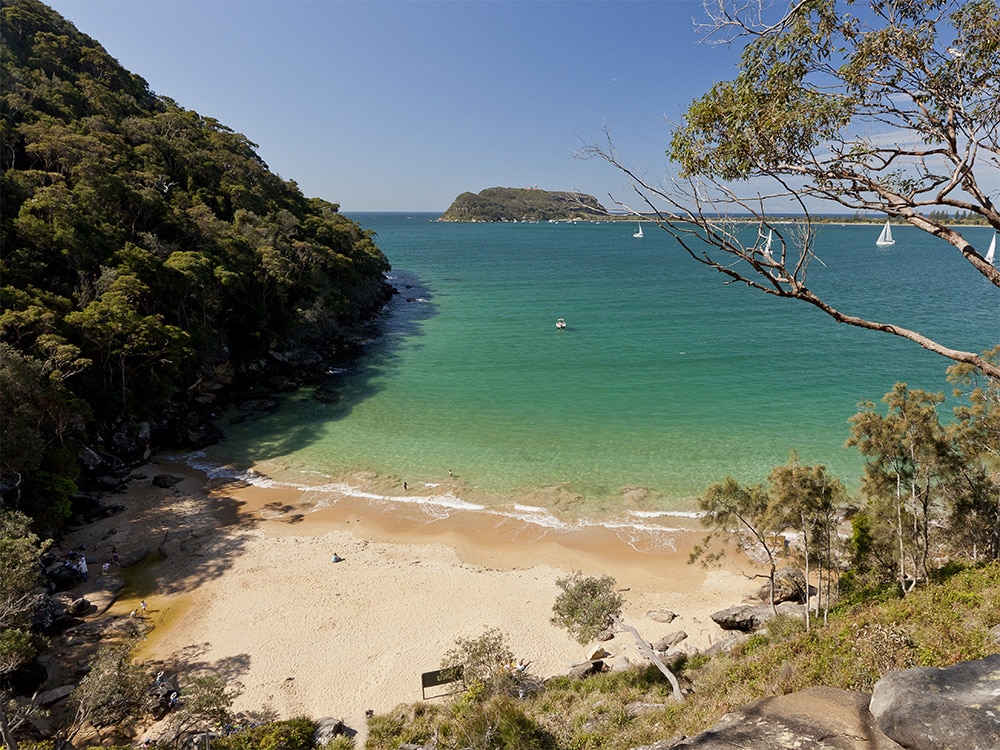
Where is it? In nooks, crannies and secluded bays all round Sydney Harbour.
When you think of Sydney’s beaches, you immediately think of Bondi, but there are idyllic sandy spots on the harbour that every visitor should seek out.
From the family-oriented Shark Beach at Nielsen Park (don’t worry it’s got a net), to the well-known Watson’s Bay and postcard pretty Parsley Bay, every beach is a surprise.
“The Spit to Manly walk is a favourite. It provides a good route to perve through posh Sydney suburbs then heads into the National Park, past secret beaches to cliff top views of the Harbour.” – Elisabeth Knowles
Perhaps the most hidden of all, and little-known even to Sydneysiders, is Milk Beach, which you can reach from the track alongside historic Strickland House in Vaucluse.
For an engrossing coastal walk that uncovers beaches on the northern side of the Harbour, do the Spit Bridge to Manly walk.
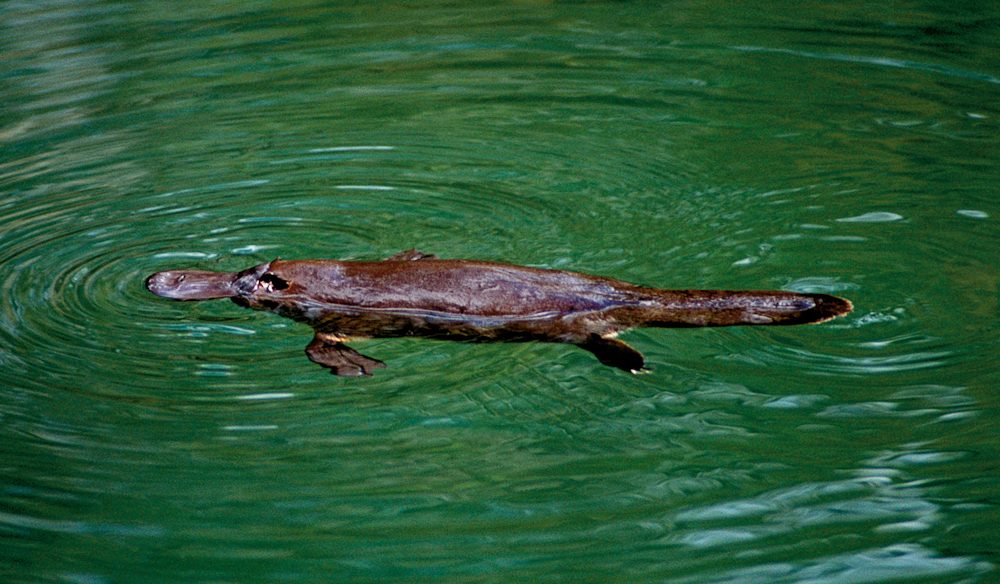
Where is it? Freshwater lakes and rivers on the eastern side of the Great Dividing Range.
They’re elusive critters, these monotremes, so it’s not easy to spot a platypus in the wild – but doing so is a magical and unforgettable experience in reward for your patience.
Good spotting spots include the southern Blue Mountains of NSW, Eungella National Park near Mackay in Queensland, and the Warrawong Earth Sanctuary in the Adelaide Hills.
Lonely Planet’s Tony Wheeler says his most rewarding platypus-spotting experiences have been in Tasmania.
The best time of day to spot one is after dawn and dusk, when they are at their most active, so keep your eyes peeled.
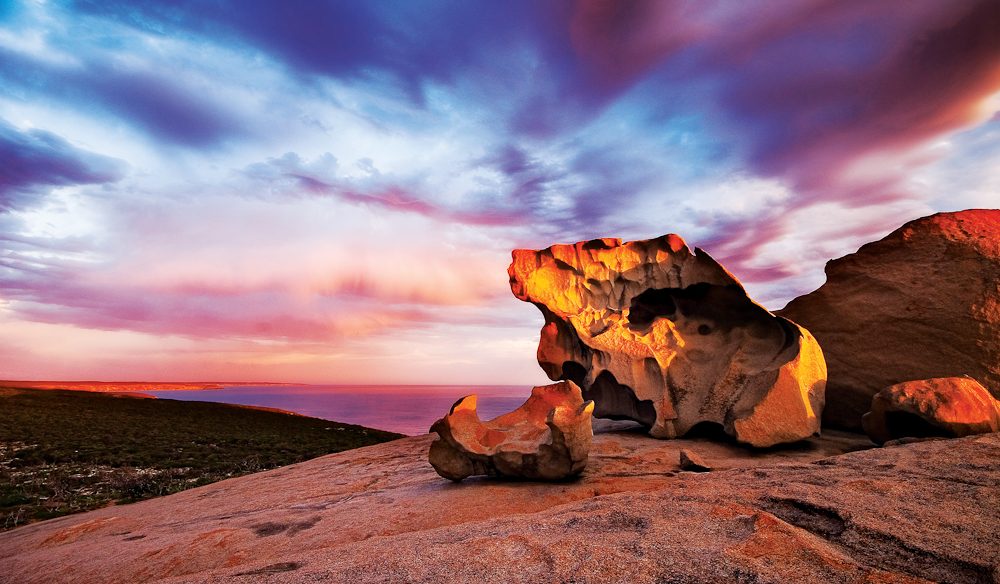
Where is it? Flinders Chase National Park, Kangaroo Island, SA.
Aptly named, these remarkable eroded granite rock formations present like immense sculptures by modernist Henry Moore.
This must-see geological landmark on the south-west coast of Kangaroo Island is very much like an outdoor art gallery – a naturally occurring Sculptures By the Sea exhibition.
Various giant chucks of “broken” granite balance on top of a huge granite dome, which is 75m above the sea. Lichen growing on the rock faces causes an intense orange patterning.
This is a magic spot for budding landscape photographers. Sweeping ocean views and plenty of wildlife don’t hurt in rounding out the experience, either.
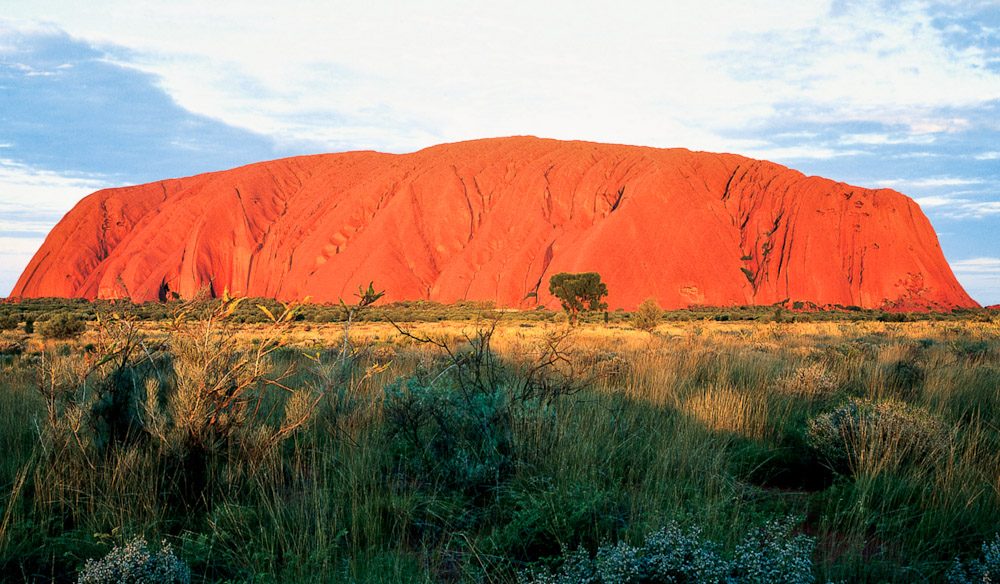
Where is it? 460km south-west of Alice Springs, NT.;
The traditional owners of Uluru, the Anangu community, urge people to circumnavigate the Rock on foot, rather than climb it – and with the climb now legally defunct and prohibited from public access, appreciation of Uluru from a wholly different angle has come to the forefront.
The staggering height of Australia’s most iconic rock and its sheer volume and scale become much more apparent from ground level, anyway.
To really interact with this spiritual place in a meaningful way, and to learn all about the cultural significance of Uluru, join a ranger-guided Mala Walk, which leaves from the Mala car park each morning at 10am (May to September) and 8am (October to April).
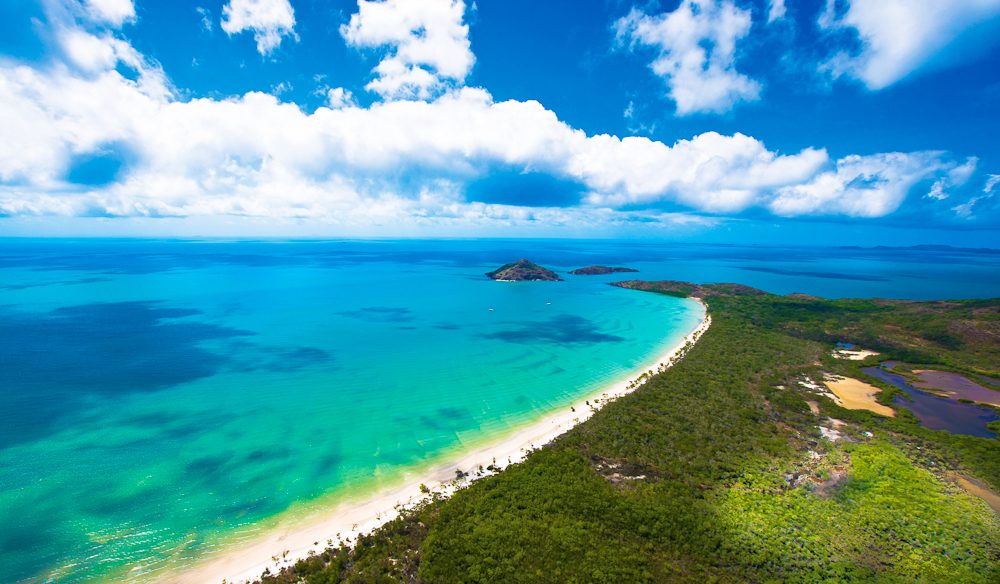
Where is it? 32km north of Bamaga at the tip of the Cape York Peninsula, Qld.
The most bucket list-y of Aussie road trips, driving to the absolute end of the country is a rite of passage for any true adventurer.
You can get to the most northern tip of mainland Australia by driving from Lockerbie or walking the 10km hiking path along Roma Flats.
You’ll know when you get there because the land stops and you’ll see the Gulf of Carpentaria on one side and the Coral Sea on the other.
Oh, and there’s a sign saying, “You are standing at the northernmost point of the Australian continent.”
Because the roads through the Peninsula are mainly dirt tracks, the Cape is often inaccessible during the wet season (December to April) but access by sea on a cruise boat is an option year-round.
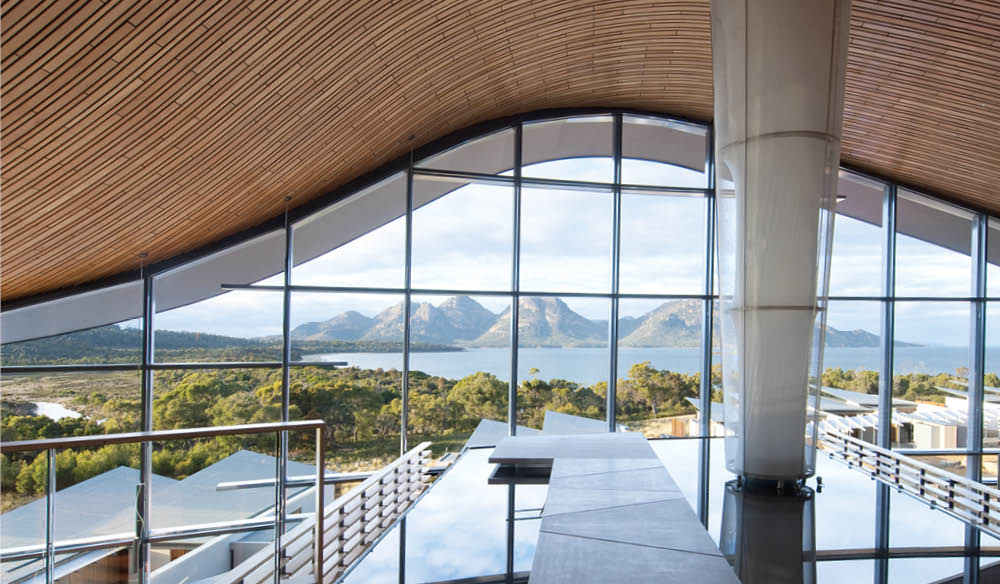
Where is it? Various locations around Australia.
This is a bit of a cheat: there are 17 experiences you need to tick off before you can say you’ve completed #28.
Luxury Lodges of Australia is a collection of independently owned and run five-star accommodation, featuring some of the most exclusive accommodations in absolutely gorgeous natural spots.
“A girl’s gotta dream: just the idea of this makes me weak at the knees.” – Catriona Rowntree
The list includes such desirables as Arkaba Station in the Flinders Ranges, Bamarru Plains on the edge of Kakadu National Park, Bedarra Island off the coast of Queensland, Cape Lodge in Margaret River, Lake House in Daylesford, qualia on Hamilton Island, Saffire at Freycinet (pictured here), Southern Ocean Lodge on Kangaroo Island, Spicers Peak Lodge on Queensland’s Scenic Rim, The Louise in the Barossa Valley and Wolgan Valley Resort and Spa near the Blue Mountains in NSW.
These lodges all focus on quality customer service and allow you to see Australia’s most alluring regions in style.
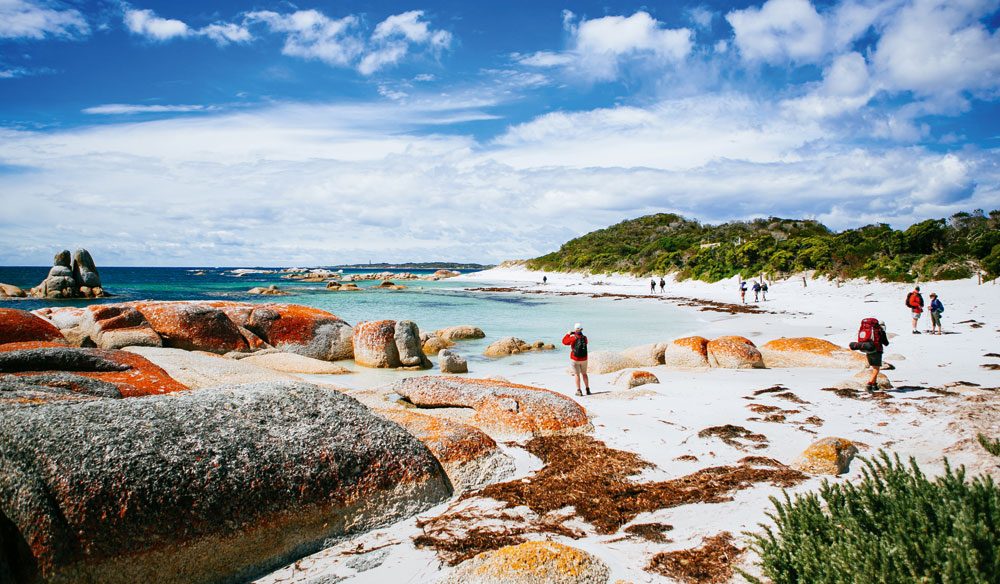
Where is it? Starts at Boulder Point, 152km north-east of Launceston, Tas.
Strap on your hiking boots for this glorious four-day guided trek, which skirts the coastline abutting Mt William National Park on Tassie’s north-east coast.
Your first two full days are spent ambling along squeaky white-sand beaches alongside the bright blue waters of Bass Strait and through coastal scrubland, while for your first night you’ll be snuggled up in a sleeping bag in semi-permanent tents at Forester Beach.
As you get closer to your destination, the eco-friendly Bay of Fires Lodge, large granite boulders covered with bright-orange lichen decorate the beach.
The walk culminates with a day of relaxation exploring beaches and bays around the lodge, which are thriving with wildlife.
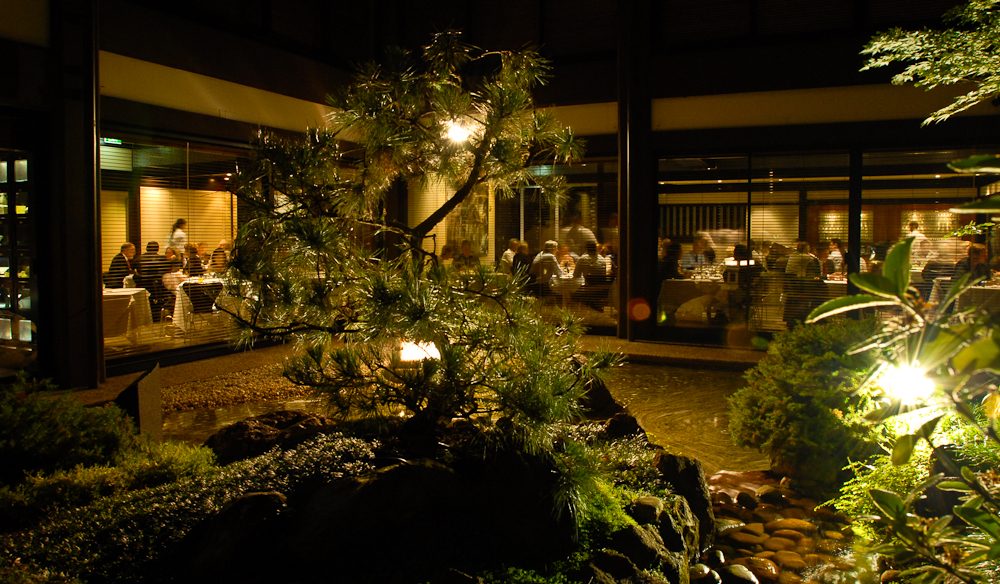
Where is it? 529 Kent St, Sydney.
Now a member of exclusive tourism society Relais & Chateaux, internationally acclaimed chef Tetsuya Wakuda is king of the Sydney dining scene and master of the degustation menu.
“One of my all-time favourite things to do.” – Maggie Beer
His exquisite cuisine is influenced by the traditional Japanese ideals of using natural seasonal flavours, combined with the fine techniques of classic French cooking.
At $210 per person for an 11-course degustation menu (plus another $95 for the accompanying wine course) this is a special-occasion night out.
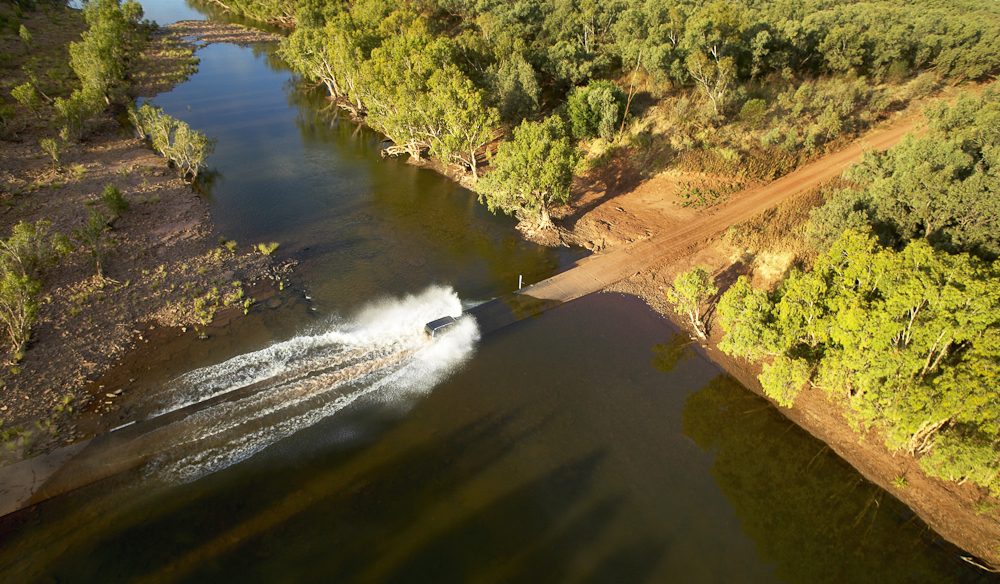
Where is it? Cairns, QLD, to Broome, WA.
It’s a true ultimate Aussie road trip at 3699km long. The 14-day trip (you can do it in less, but why would you?) will take you through 15 National Parks, five World Heritage areas and some of the most remote spots in Australia.
Stop along the way to go Barramundi fishing, and to take that cheesy tourist photo with one foot in each state.
“This is truly for the gutsy adventurer, but if you’re up for lying in your swag along the banks of a river with croc slide marks nearby the next morning, you’ll never forget this extraordinary experience.” – Catriona Rowntree
Drivers are warned: this is not a trip for the faint-hearted.
The roads are unpredictable and go from bitumen to gravel to dirt. If you’ve never taken your 4WD anywhere wilder than the local shopping centre car park, now’s your chance.
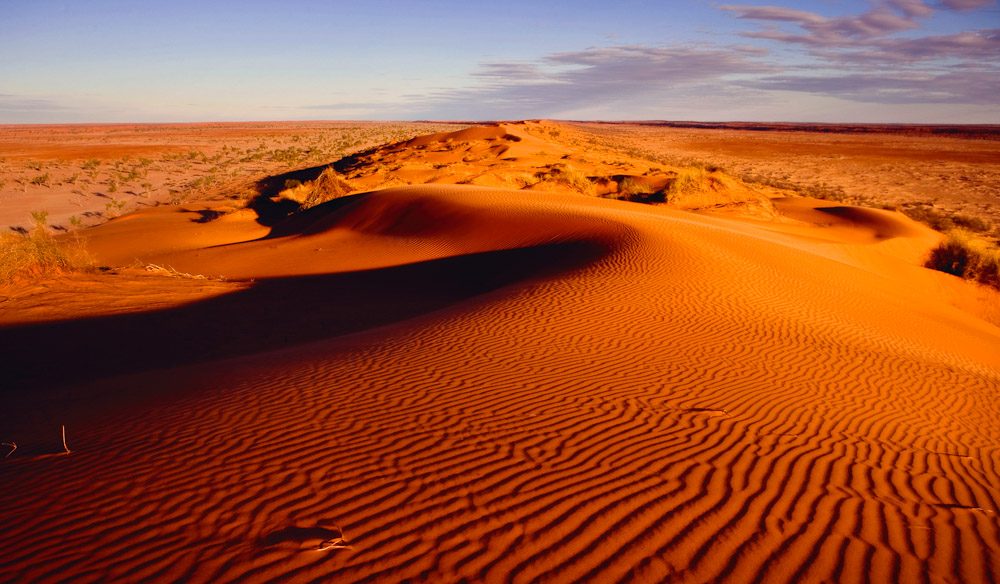
Where is it? Slap-bang in the dead centre of the country, crossing the borders of Qld, SA and NT.
It’s one of the most isolated regions on the planet and home to wave upon wave of rippled sand dunes – over 1100 of them, in fact, if you drive the French Line from Birdsville to Dalhousie.
It’s a grueling but incredibly rewarding 400km single-lane 4WD route with a rollercoaster of dunes, first charted by French geological surveyors in the 1960s.
“Of all the outback tracks this is the one I’ve enjoyed most.” – Tony Wheeler
The climate is harsh as it is the driest region in Australia, but if that doesn’t put you off you can always leave your vehicle in Birdsville and tackle the desert by camel train.
Or if you’d like to experience one without committing to the entire trip, you can encounter Big Red, the first and highest of the dunes, which can be found 35km west of Birdsville.
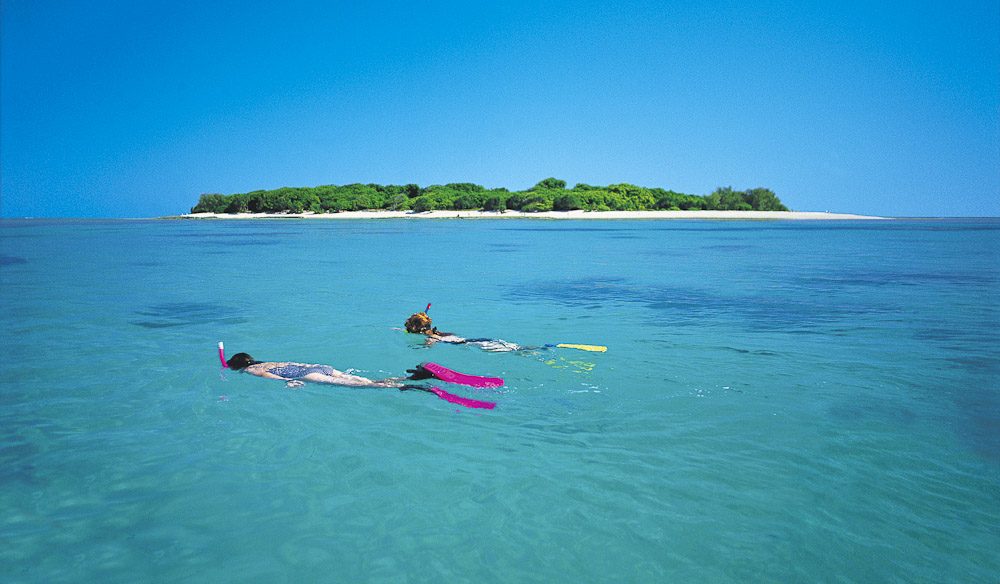
Where is it? In Capricornia Cays National Park, on the outer southern Great Barrier Reef, QLD.
Next time you’re stressed out and having a shipwreck fantasy, think of Lady Mugrave Island in the southern portion of the Great Barrier Reef.
Entirely uninhabited and accessible only by launch from 1770, the coral cay offers limited camp sites (bring your own fresh water and food).
The island has an 8km circumference and is surrounded by 1192 hectares of reef. Clear waters give spectacular views of the vibrant reef, while coral trout and turtles are likely to swim beside you.
Between November and February green turtles nest on the beach, which is closed between February and March to protect the hatchlings.
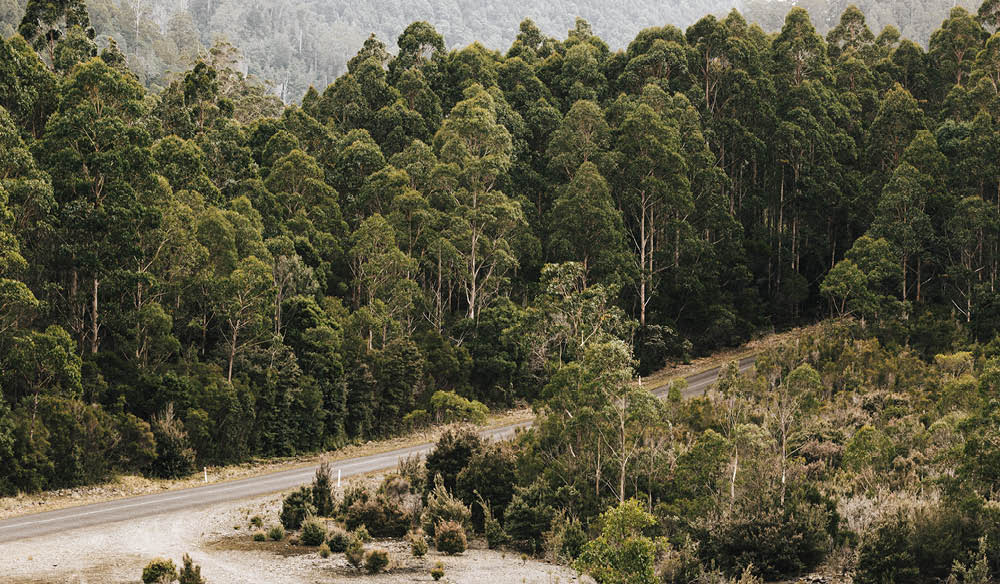
Where is it? It’s our southernmost state.
Mainland Australia is so vast, you should take at least a year off to drive all the way around it.
But if you have a hankering to circumnavigate something by car and don’t have that kind of time on your hands, head to Tassie – which offers an immense array of highlights in a compact package.
The state can be explored in a ten-day loop, with an itinerary that includes Hobart, Bruny Island, the East Coast, Launceston, Cradle Mountain, Strahan.
Campervans are available for hire as soon as you jump off the plane from interstate – all you need to do is grab a map.
Drive at your own pace, stopping at your leisure in towns or at campsites that pique your interest, or request a holiday planner from Discover Tasmania to be sure you catch the best bits of this beautiful island state.

Where is it? 140km south-east of Melbourne, Vic.
One of the most popular family wildlife experiences in Australia, the “Penguin Parade” draws in hundreds of thousands of visitors to the island off the coast to see these cuties return to roost of an evening.
They spend their days at sea, so you don’t often get to see these cute little creatures up close, doing penguiny things like grooming their blue feathers, socialising and stretching to their (maximum) 33cm height.
“I did this with my grandparents when I was little, and the memory still makes me smile. A great family experience.” – Elisabeth Knowles
Phillip Island is one of the best places to observe their nightly return to their burrows on shore. Watch from a special stand as, one by one, the penguins pop up in the surf, then huddle together in small groups at the water’s edge before making the break across the exposed beach to the safety of the dunes.
Raised boardwalks allow you to follow their waddling progress – don’t worry, the little guys are used to all the attention.
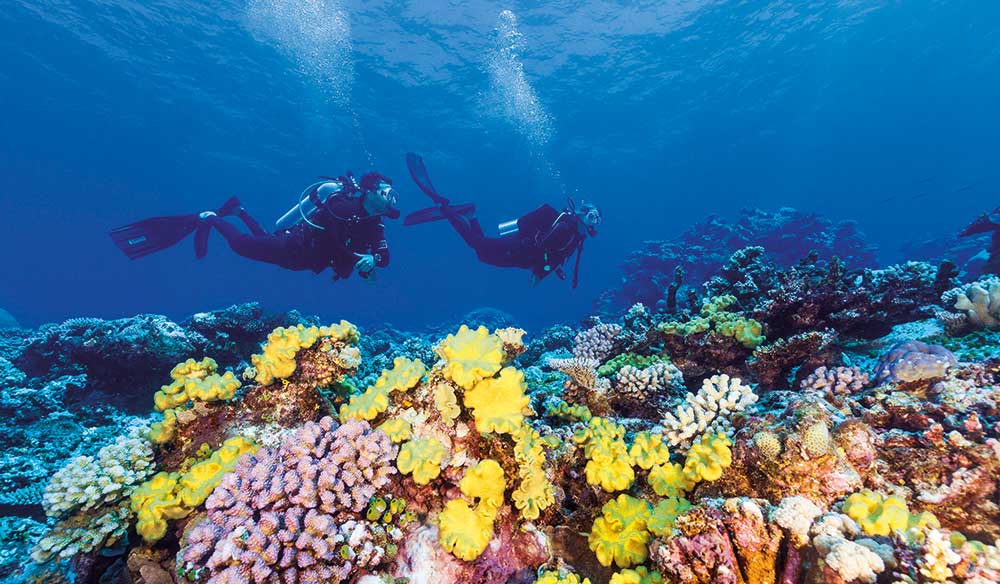
Where is it? In the Coral Sea, off the coast of Queensland.
It’s the world’s largest reef system, longer than the Great Wall of China, and it can even be seen from space.
Little wonder it’s a World-Heritage site. Diving around the 350,000 kilometre square reef is simply incredible. You’ll spot dugongs, green turtles, dolphins, reef sharks, more than 1500 species of fish and 4000 types of mollusks, including giant clams.
For those with a keen sense of adventure, scuba dive the shipwrecked Yongala, the largest and most intact historic shipwreck in Australian waters.
Or head out to the Ribbon Reefs and dive the Cod Hole, named for the giant potato cod that congregate here. It’s a world-class, intermediate-level site jam-packed with bommies, good coral cover and lively with colour and movement thanks to thousands of schools of fish species.
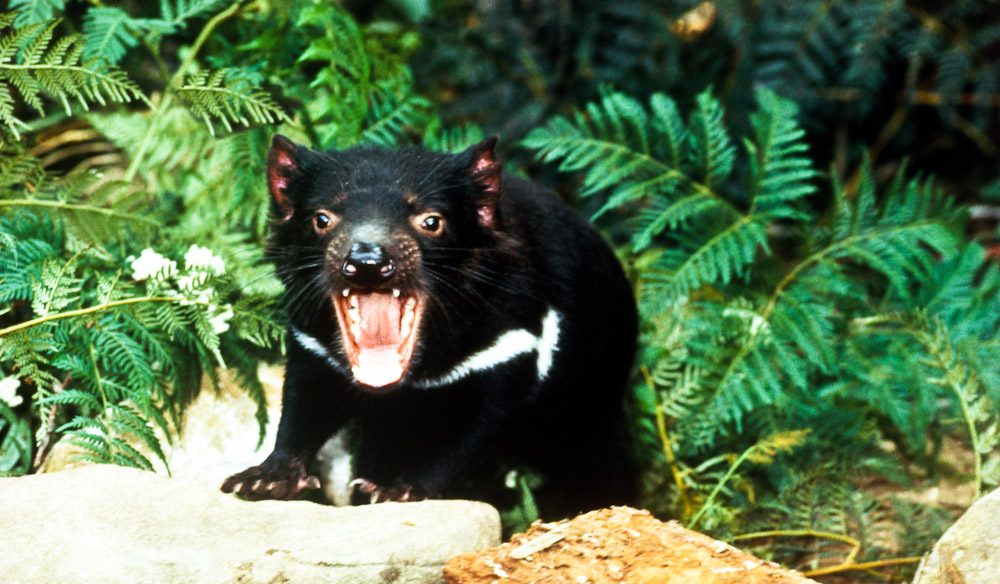
Where is it? In coastal heathland and sclerophyll forest, TAS
These tiny screeching scavengers are a sight to behold in the wild. Nocturnal, carnivorous, and none too fussy about what they eat, the devil’s powerful jaws mean they can scoff their prey’s bones, feathers and all, whether they be wallabies, carrion, reptiles or whatever else was silly enough to wander by.
Silently watching a Tasmanian Devil going about its nightly business – fighting, screaming, sneezing, coughing and playing – is a real treat, especially if they don’t even know you’re there.
Instead of stumbling blindly through the bush, you can see devils “in the wild” at Kings Run, an 830-acre property based just south of Marrawah on Tassie’s north-west coast.
With approval from Tasmanian Nature Conservation, the tours run five nights per fortnight. Road kill is laid out and you watch feeding time from a hide-out in an old fisherman’s hut.
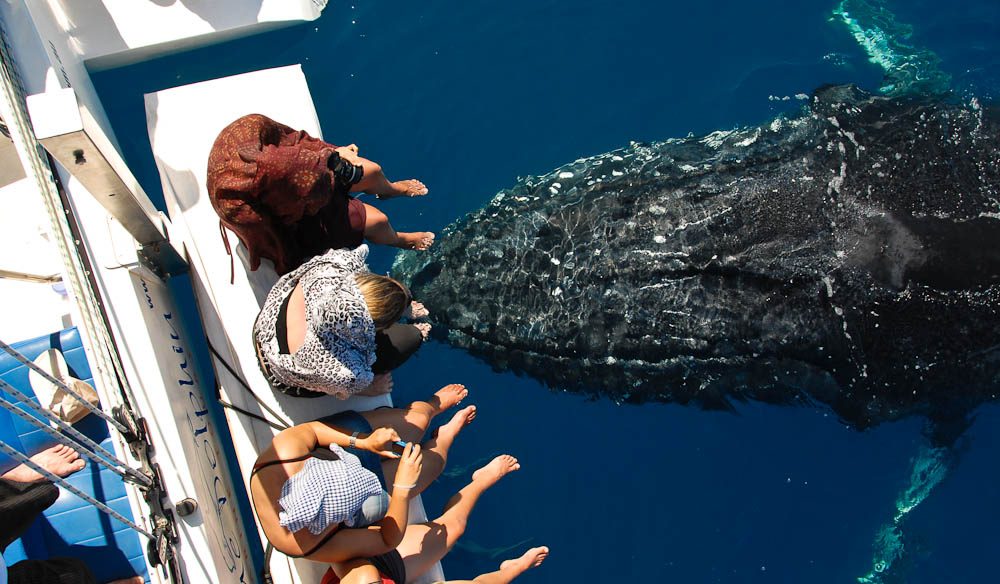
Where is it? 290km north of Brisbane, QLD
They’re big, you’re small. Humpback whales can be up to 15m long and weigh 45 tonnes, yet they leap out of the water like ballerinas.
And if there was ever a spot in Australia that deserved the title of “Whale Watching Capital of Australia”, Queensland’s Hervey Bay is definitely it.
People go on whale-watching tours all over the world and rarely get as close to these enormous creatures as you can in Hervey Bay, where they arrive each year for calving season (July to November) in huge numbers. There’s no “search” involved here; the whales are visible from almost everywhere as they frolic, relax and play.
There are seven major whale watching charters here, which all guarantee you’ll see at least one whale, but you’ll also often see their accompanying parade of bottlenose dolphins, turtles and dugongs.
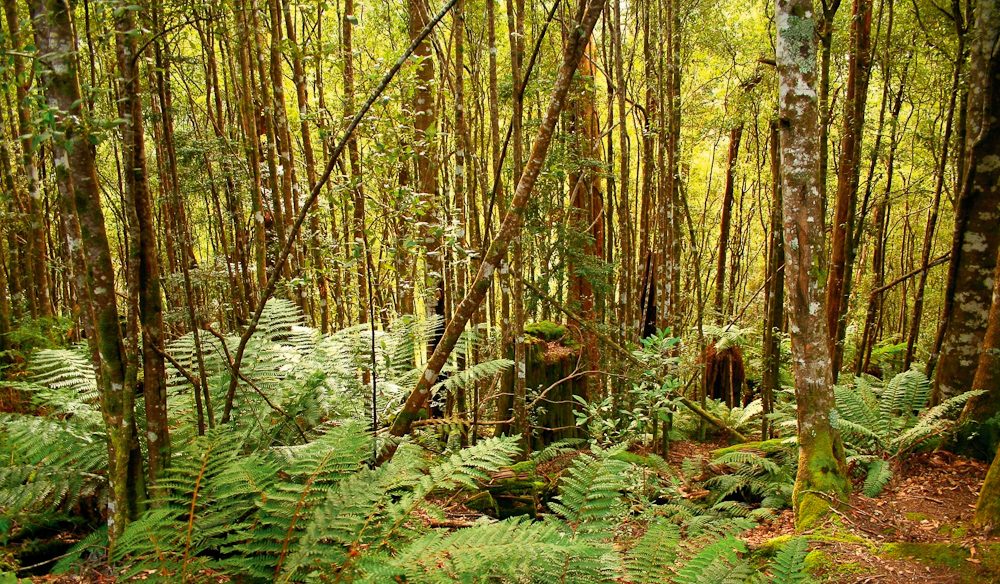
Where is it? Far north-west Tasmania.
It’s the largest cool-temperate rainforest in Australia, albeit in our smallest state, and has the largest concentration of Aboriginal sites in the country.
The Tarkine will encourage a more peaceful way of thinking as you experience its lush tranquility on a six-day hike through 44,700ha of forest untouched by bushfire for centuries
Tours led by Tarkine Trails will take you through spectacular mountain ranges, past wild rivers and below the tallest hardwood trees on the planet.
On the last night of the walk, you’ll get to stay in gorgeous original timber miner’s cottages. Trust us, you’ll want to stay forever.
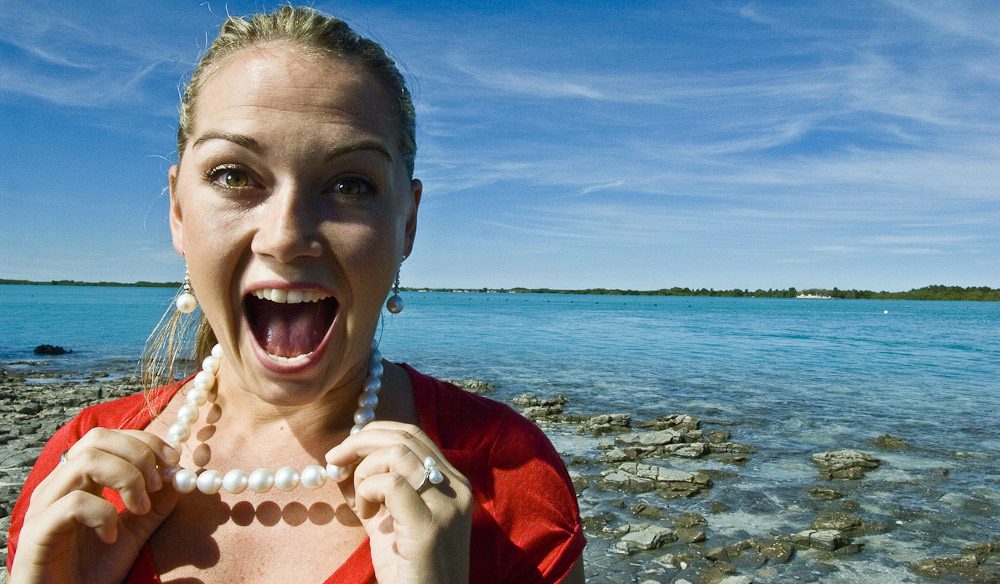
Where is it? 2200km north of Perth, on the Kimberley coast, WA.
Pearls might bring to mind the glamour of old Hollywood rather than the oceanic equivalent of the Australian gold rush, but the pearl is something of an Aussie icon, as Broome’s annual Shinju Matsuri (Japanese for ‘Festival of the Pearl’) demonstrates.
The history of pearl diving here is as dark as the pearl is iridescent: even skilled divers often got the bends or died in their perilous pursuit.
These days, it’s easier to find a pearl in Broome: just walk the streets of Chinatown.
But it’s more rewarding to head out to sea on a dive tour to get face-to-mask with Broome’s marine life in its natural habitat.

Where is it? Arnhem Land, Kakadu, the Tiwi Islands.
Our European ancestors wrote everything down in the history books, a practical way of recounting the past.
The Indigenous Australians were more creative, however, and formed a beautiful, delicate art form to help them express cultural historical events and Dreamtime stories dating back thousands of years, using symbols and emblems that they’ve passed down through centuries.
The best way to learn about aboriginal art is to meet the artists themselves. Aboriginal art community tours can be booked through small-group tour operator Aboriginal Art Connections.
Experiencing Australia through the eyes of its original inhabitants will give you a whole new perspective on the land we call home, and quite possibly change your mind about some long-held misconception
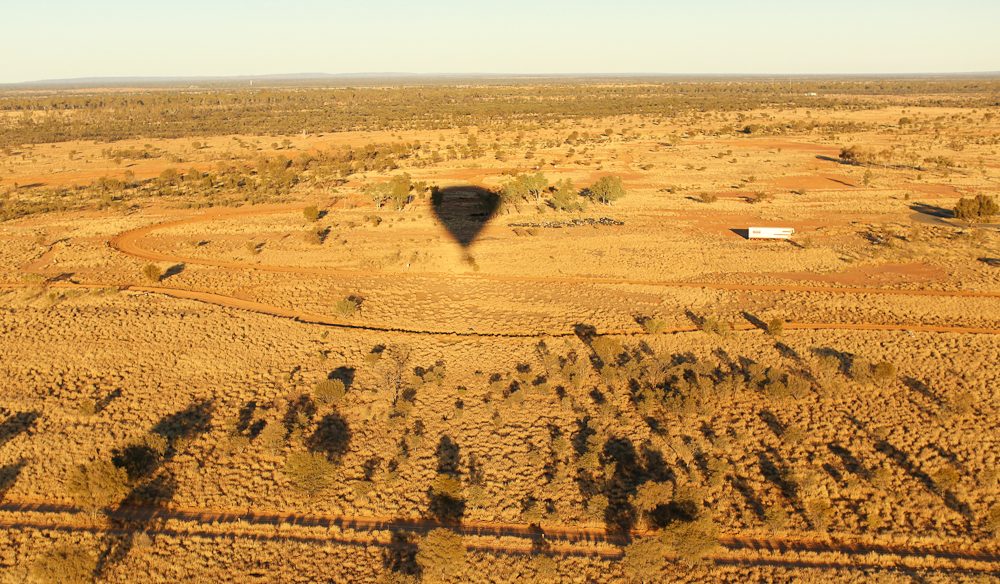
Where is it? Alice Springs, NT.
One of the few times in life when a 4am wake-up call is welcome, hot air ballooning over the Aussie Outback is perhaps the best (and most tranquil) way to get a sense of its sheer openness and emptiness.
As you drift effortlessly in a basket across the top of the MacDonnell ranges, you’ll be able to spot big red kangaroos bounding across the landscape.
Easily the best way to celebrate a special occasion in the Red Centre, this is a trip you’ll never forget. Operators such as Outback Ballooning are experts at providing these serene aerial experiences to thousands of Aussies and international visitors each year.
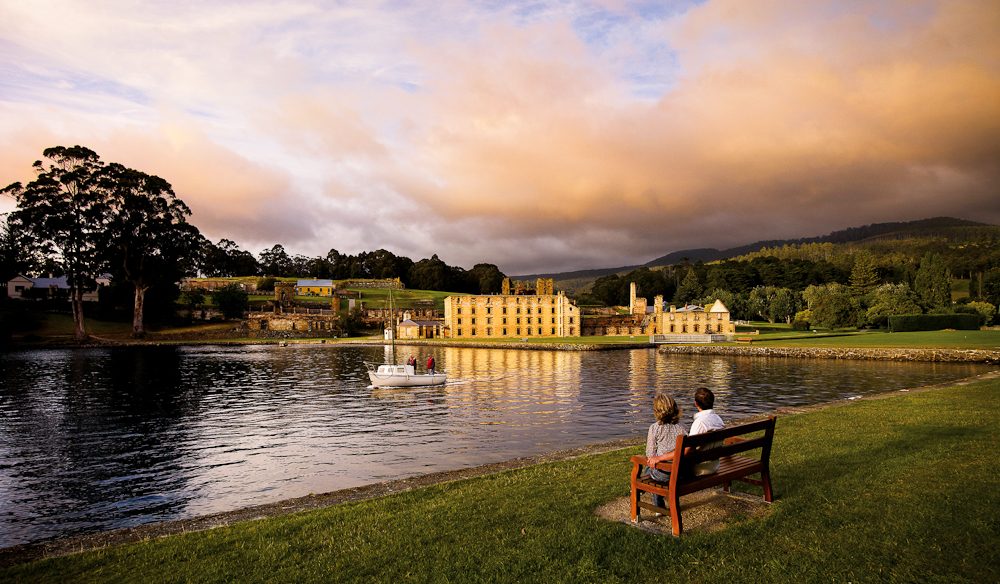
Where is it? 60km south-east of Hobart, on the Tasman Peninsula, TAS
The convict era is one of the strangest and most intriguing aspects of Australian history, and nowhere is it better preserved than in Tasmania.
Port Arthur’s role in all this was particularly dark – the penitentiary was built by the 12,500 inmates it eventually housed.
“The guides never fail to impress and I swear this place is genuinely haunted.” – Catriona Rowntree
Every corner of the moody, historic site has a story to tell – and they’re never very pleasant. Inmates here had to stay silent at all times and wear head masks while exercising.
Visiting is a haunting experience, but valuable. Its immaculately-kept grounds and water views provide a pleasant natural aspect to augment the experience, too.
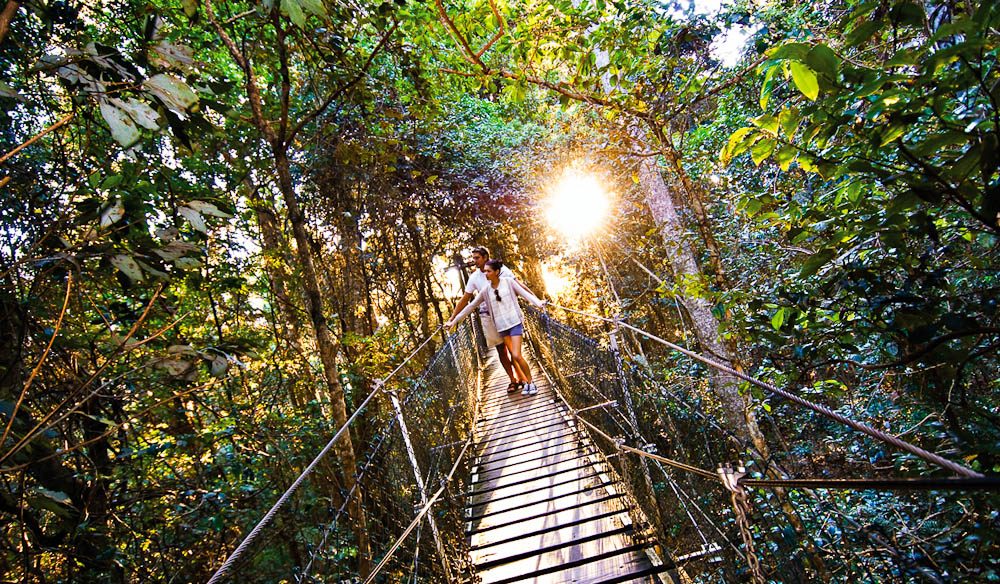
Where is it? McPherson Range, 110km south of Brisbane.
Be eye to eye with the birds in Lamington National Park, as you walk 15m above ground on a series of suspension bridges through the forest canopy at O’Reilly’s Tree Top Walk.
The 180m-long walk takes you past ferns and enormous strangler figs, with Mount Tamborine as a backdrop.
This verdant part of Queensland is teeming with towering trees and lush ferns, not to mention countless species of birdlife that make for a birdwatcher’s dream.
It’s leisurely and highly accessible for all ages and energy levels, too.
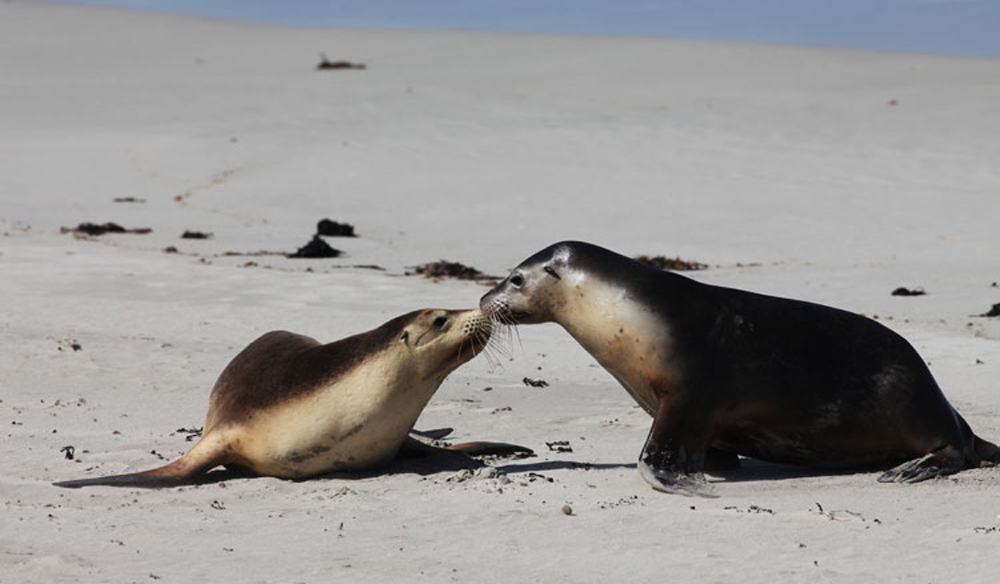
Where is it? 112km south-west of Adelaide, SA.
When you live in a country with so many great endemic species, seeing them in a zoo just doesn’t cut it.
If you’ve ever got international guests you want to impress with marsupial sightings, head to South Australia’s incredible Kangaroo Island. More than a third of the island is Conservation or National Park, and there is so much wildlife here that even locals avoid driving at night.
During the day, visit Seal Bay to see a breeding colony of about 600 sea lions, or go on a 4WD animal-spotting tour with an operator like Kangaroo Island Wilderness Tours.
Many KI animals are nocturnal, so night tours are often most rewarding, offering spottings of little penguins, tammar wallabies, brush-tailed possums, western grey kangaroos, boobook owls and echidnas.

Where is it? Just over 1,000km north of Perth, WA.
Be the last human (or dolphin) on the continent to see the sun before it sinks into the Indian Ocean at this scenic tip of Western Australia.
Take a thermos of cocktails and toast the end of a great day. Oh, it’s also pretty good for fishing here, too.
Some of the things you might find on the end of your line include the biggest tailor in the world, tuna, snapper and sailfish.

Where is it? 115km north-west of Melbourne, in the Macedon Ranges, Victoria.
Australia’s premier hub for relaxation and pampering can be found where the country’s highest concentration of mineral springs is located in this special part of Victoria.
Quite possibly the most soothing holiday destination in Australia, Daylesford and Hepburn Springs are quaint food-lover’s villages with a special twist – they tap straight into the area’s rejuvenating natural spring water.
The historic Hepburn Bathhouse and Spa is the best way to experience the full effect of the health-enhancing waters – you won’t find anything like it anywhere else in Australia.
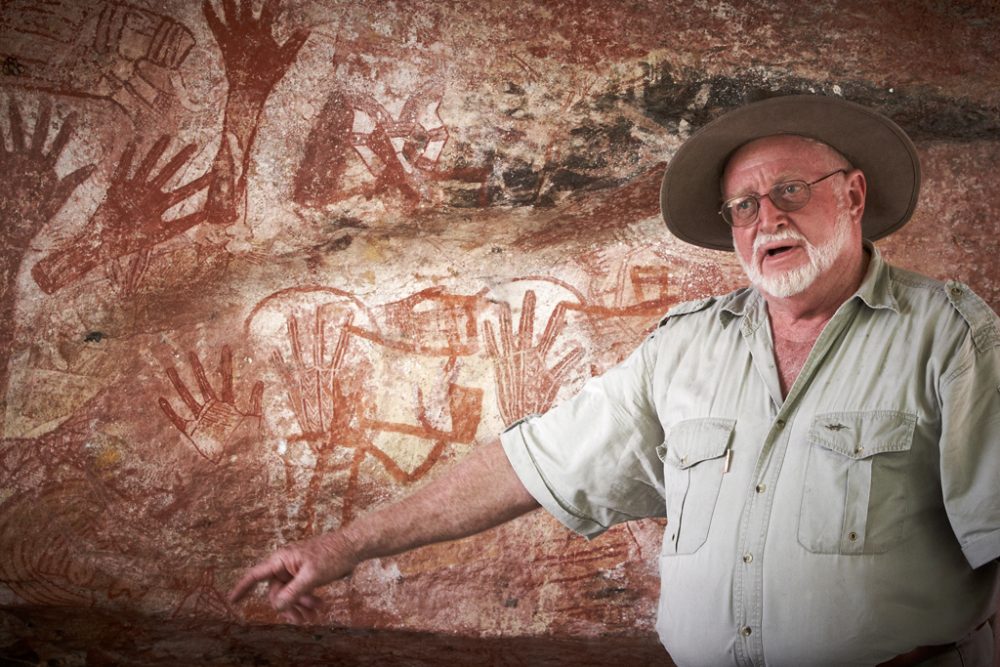
Founder Max Davidson originally came to Arnhem Land in search of buffalo; he fell, spellbound, in love with the land instead. For almost 40 years he’s been running safaris here, sharing this special part of the world with like-minded (open-minded) travellers.
The rock art is a highlight, says Sue Gough Henly. “Even better, you discover it in a spectacular landscape with escarpments rising over wetlands teeming with birds, fish and crocs. It feels like a living museum in a tropical Garden of Eden.”
From $750 per person per night twin-share, including all meals, tours, activities and permits.
“A timeless land, A timeless culture, a timeless experience” – book this safari with our sponsor: Arnhem Land Safaris
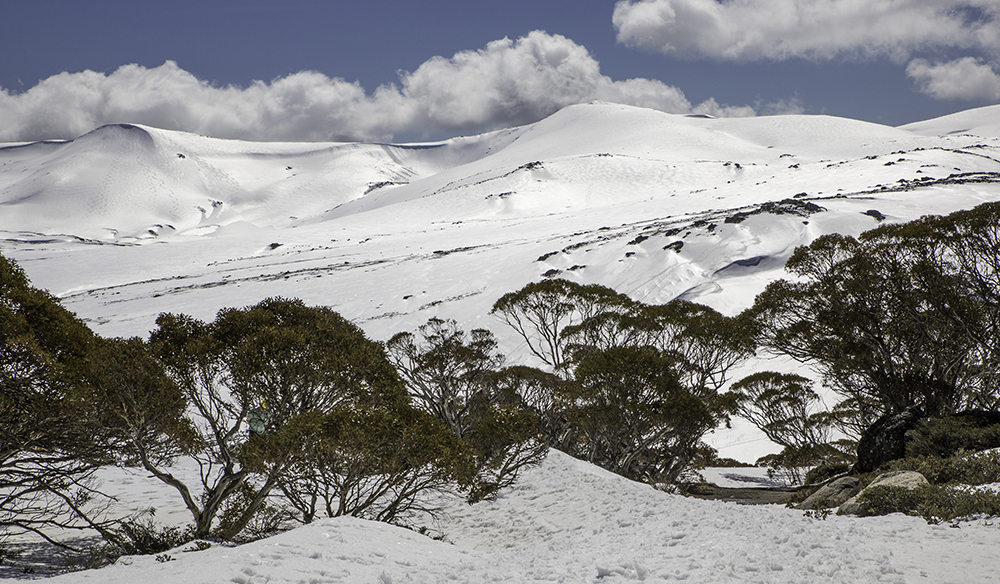
Where is it? Kosciuszko National Park, NSW
One of the best walks in the world is to the top of Mt Kosciuszko, Australia’s highest peak in the equally beautiful NSW Snowy Mountains.
Okay, okay, so it’s not Everest, but it still strikes an impressive figure. At 2228 meters above sea level, the climb is more of a hiking trail.
But the walk is beautiful in summer, when the wildflowers are out, the air is crisp, and the river crossings flow with pure melted snow water.
For some, the walk starts with an easy ride up the Kosciuszko Express chairlift, 1.2km west south-west of Thredbo Village. But most people drive to Charlotte Pass, from where it’s an 8km hike straight to the top.

Where is it? 846km north of Adelaide, SA
Some people will do anything to escape the heat. After opals were discovered here in 1915, the Coober Pedy community got innovative and built their town underground.
Now you can stay in underground B&Bs, visit underground museums and even have an underground beer here.
The best time of the year to visit is between April and October, when the weather is mild and the nights are cold.
You take your chances rocking up in summer, when it can reach a scorching 45ºC and dust storms can blow in from nowhere without much warning.
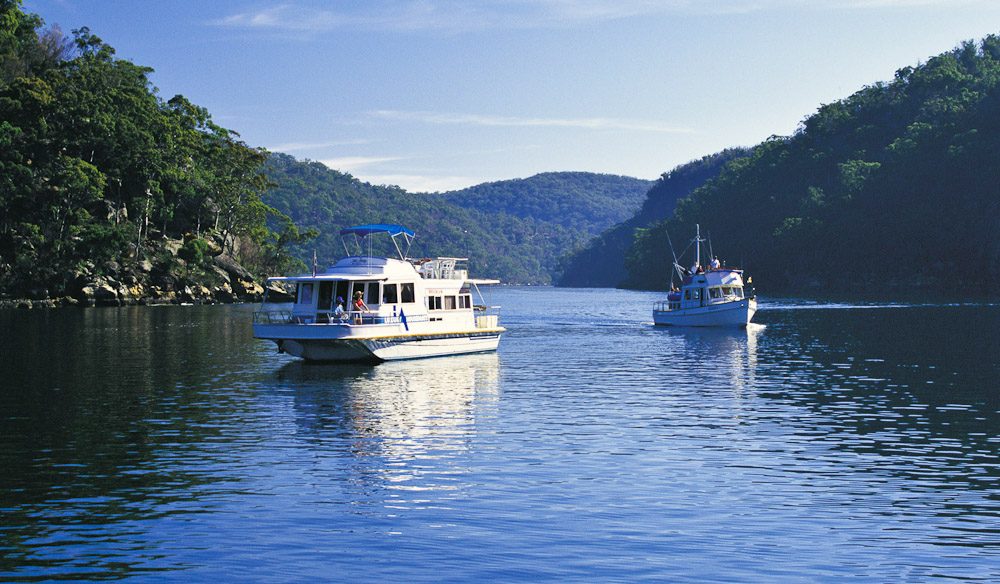
Where is it? On the edge of Wollemi and Blue Mountains National Parks, north-west of Sydney.
Just one hour’s drive from Sydney, you’ll find this enchanting river system.
Along either side of the Hawkesbury River are Heritage-Listed buildings, fibro cabins and untamed bush.
Grab a bunch of friends and hire a houseboat, or get a few families together and form a convoy for a week on the water, exploring National Parks, secret beaches and beautiful Berowra Waters.
Four berth to 12 berth boats are available, and you don’t need a license to skipper one.
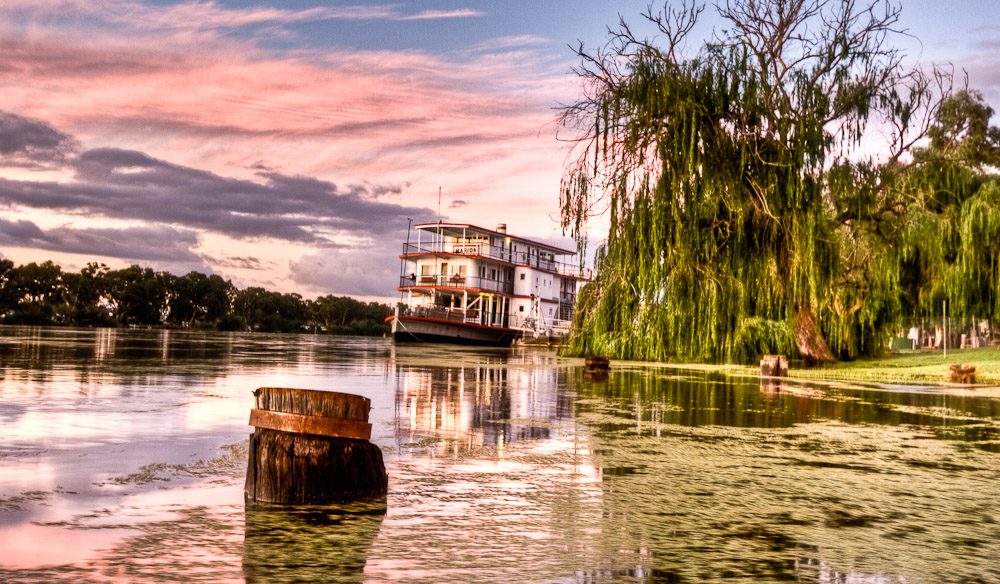
Where is it? From Goolwa, SA to Mildura, Vic.
Perhaps one for the older generation, old-fashioned paddle steamers evoke a romantic sense of history.
The Murray flows for 2530km from the NSW Snowy Mountains to the ocean in South Australia, along one of the largest water systems in the world.
You’ll enjoy experiencing the calmness of the Australian river, the bushland that creeps up to the riverbank and the welcome swallows that swoop at the prow of the boat as you make your way serenely downriver.
The biggest and grandest of them all is the Murray Princess, run by Captain Cook Cruises out of Mannum, SA. Before you go, rent out a DVD of Sigrid Thornton’s All the Rivers Run.
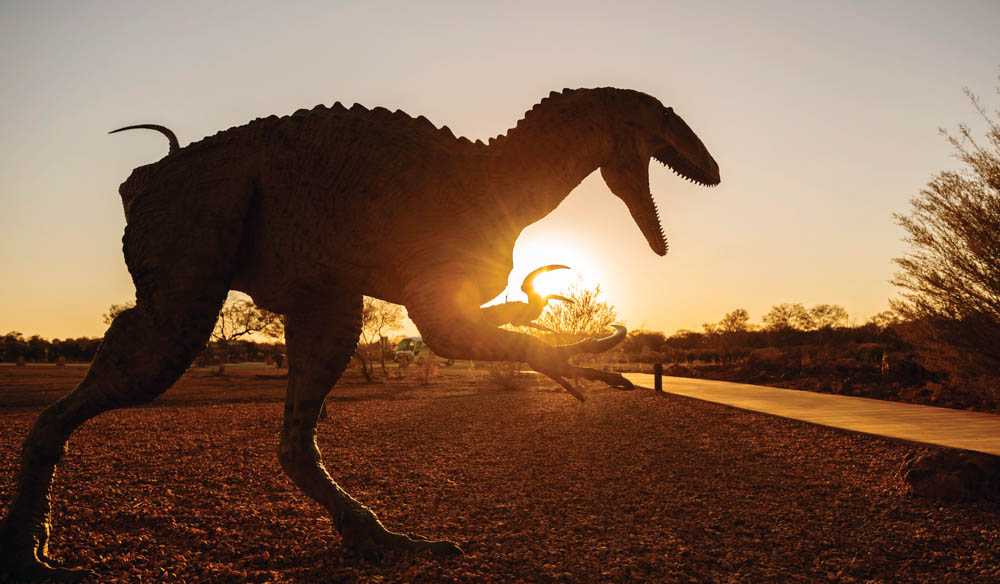
Where is it? In Winton, 1400km north-west of Brisbane, QLD.
Get your hands dirty digging for dinosaur bones in Winton, a flat plateau where dinosaurs once roamed and roared.
Or see what it’s like to be a paleontologist by handling and preparing real dinosaur bones.
The interactive Australian Age of Dinosaurs houses the biggest collection of Australian fossils in the world and they’re constantly discovering more on site.
The 1,400 hectare property also has many walking trails bustling with native wildlife.

Where is it? 175km south-east of Launceston and 195km north-east of Hobart, Tas.
With a permanent population of less than 200 residents, you’re sure to find enough room to explore Tassie’s Coles Bay at your own pace.
Add to that an annual average of 300 days of sunshine and you’ve got the perfect holiday spot.
Pink granite mountains and dense bush land surround the bay, which makes the view from the water amazing.
Sea kayaking is one of the best activities on offer here. Every now and then a pod of dolphins enters the bay, welcoming those out on the water, and whales pass by here on their migration north from Antarctica.
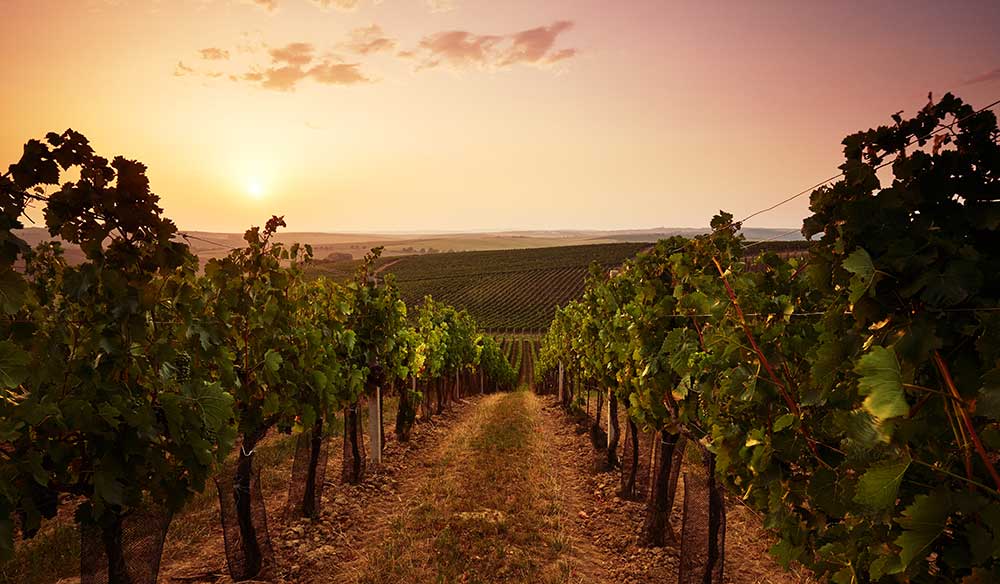
Where is it? 70km north-east of Adelaide, SA.
An hour’s drive from Adelaide, the Barossa may as well be a 20-hour plane ride away, its European heritage is that strong.
The original settlers from Britain, Prussia and Silesia (now Poland) brought vines from their homelands, and thus Australia’s most internationally recognised wine region was born.
Six generations of wine growers have since lived and thrived here, and their impressive legacy remains for you to enjoy today.
Head over in April for the Barossa Vintage Festival, where you’ll be overloaded with local wine and produce prepared by local chefs, and all done in a true European manner – with the philosophy “eat more, drink more, enjoy!”
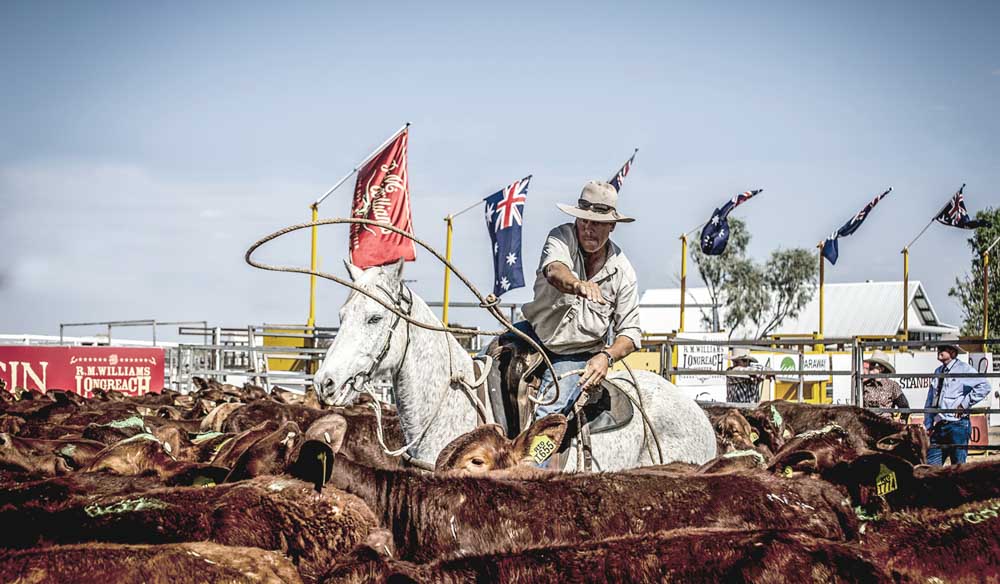
Where is it? Multiple locations all over outback Australia.
If you’ve ever had a hankering to wear an Akubra and get your jeans dusty, you really should make time to visit an outback cattle station.
This is where fortunes have been made and lost, and where hard work really is hard. Cattle stations abound in the outback, where you can get up at the crack of dawn and return home at sunset, having done a full day’s yakka.
Everyone appreciates a helping hand, so if you feel like a working holiday could do you some good, pay a visit to the Willing Workers on Organic Farms website.
Alternatively, if you want to know what an outback cattle stay is like without the calluses, check out Kilcowera Station, 1000km west of Brisbane on the Dowling Track, Qld.
Stay in a rudimentary room in the old Shearer’s quarters or stay in a bush camp and enjoy the wildlife and wildflowers. It’s open from March through to October. For a luxury stay, head to Angorichina Station in the Flinders, SA.
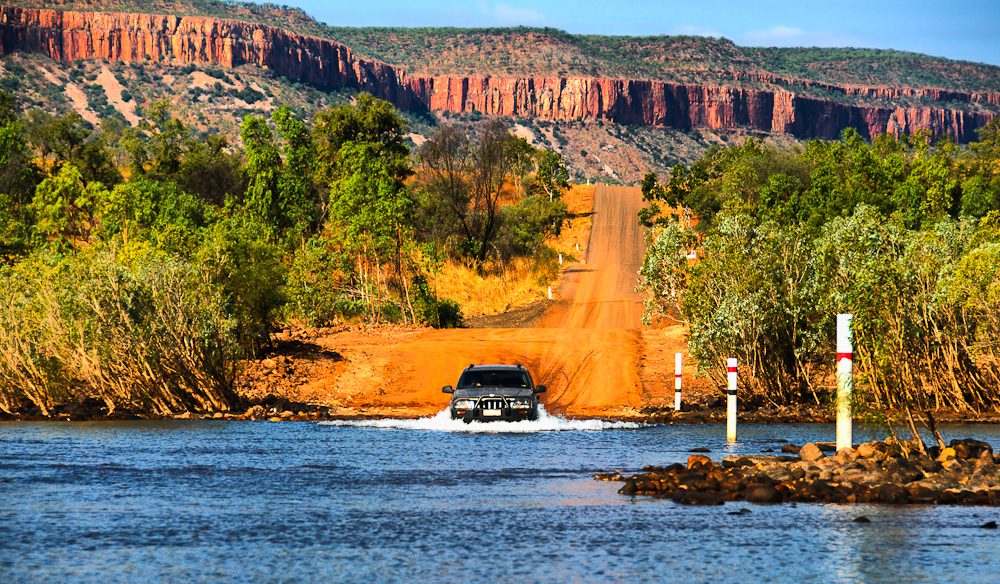
Where is it? From Wyndham to Kununurra, WA
Travel from the eastern border to the west coast of the Kimberley on a 660km-long dirt road adventure along the Gibb River Road.
You’ll pass spectacular waterfalls, old rock formations, savannahs, red dust and gorges before arriving at the spectacular and remote WA coast.
The road is mostly dirt and gravel and requires a high-clearance 4WD with long-range fuel tanks.
The best time to drive is the beginning of the dry season (April, May), so you can see the best of the waterfalls before they dry up.
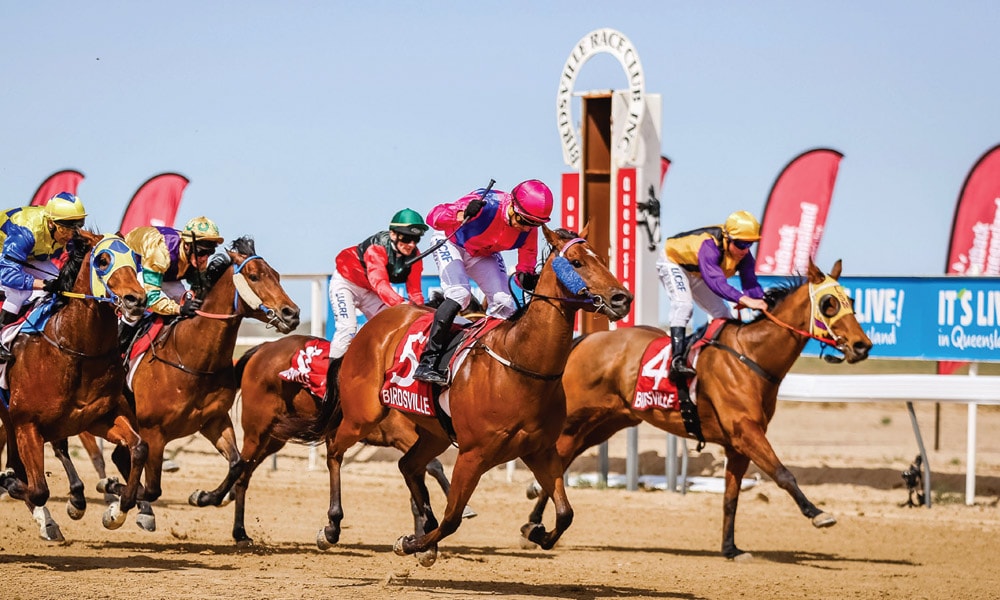
Where is it? 1590km west of Brisbane, QLD.
Sure, the Melbourne Cup may be great, but the Birdsville Races is like nothing else on Earth.
This small outback town of 100 residents welcomes an influx of 6000 punters who come to cheer on the horses and drink at the most famous outback pub in Australia.
Six races are spread over the two-day festival that takes place on the first weekend of September.
Girls go all out; guys wear your best jeans.
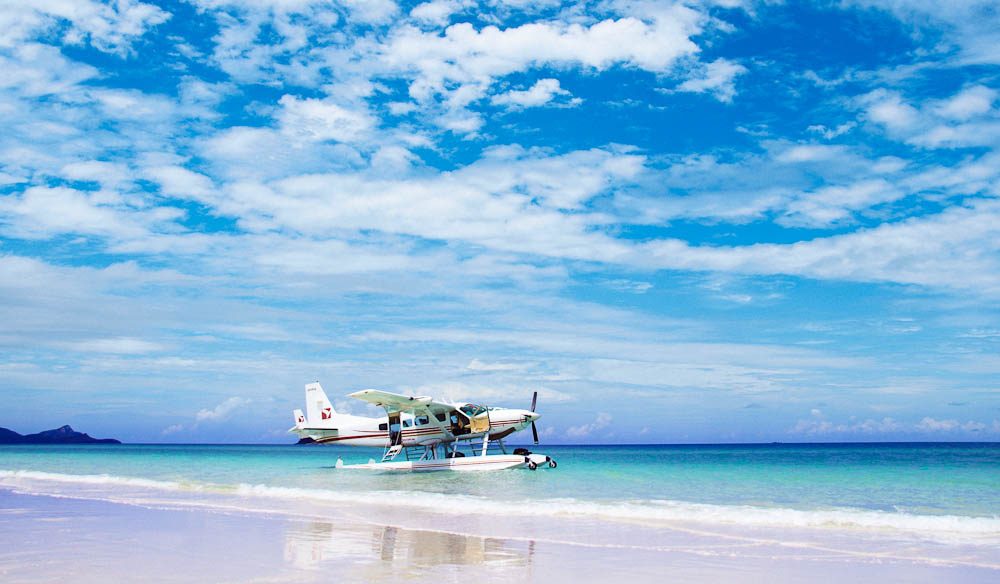
Where is it? Whitsunday Island, Whitsundays, QLD.
Possibly the most Instagrammed beach in the world, the best way to see (and experience) Whitehaven is from Seaplane.
Bring your sunglasses – the ridiculously white sand and iridescent blue water of the Whitsundays seems even brighter and more beautiful on Whitehaven Beach.
It’s been named Queensland’s Cleanest Beach and the Top Eco-Friendly Beach in the World, and we reckon it’s the most romantic beach in Australia.
Tour operators pick you up from Airlie Beach or Hamilton Island, and there’s no better way to get here than by sea plane, smooth water landing included.

Where is it? Many vantage points around the Harbour, Sydney
There’s a reason Australia becomes the focal point of the globe as the end of the calendar rolls around each year.
See the year out with a multitude of bangs during the most expensive fireworks display in the world, over the most spectacular harbour in the world (of course).
Many revelers camp out the night before to bag the best spots, such as harbourside parks, the Botanic Gardens, Darling Harbour, Potts Point and the Rocks.
But perhaps the best possible of all is in a boat on the Harbour itself, looking at the Bridge as it bursts with sprays of psychedelic colour.

Where is it? In the Outback – the Oodnadatta and Birdsville Tracks, and the Canning Stock Route
Remote road trips are sure to test your driving skills and take you through the kind of desert country that presented so many challenges to the early explorers.
The least challenging for novice 4WDers is probably the Oodnadatta Track, which runs through the desert of northern South Australia and used to be the main route into the Northern Territory.
An old stock route, the Birdsville Track is relatively easy, too, going from Maree in north-east South Australia to Birdsville in Queensland.
Try those two first before you tackle the 1900km-long Canning Stock Route, which requires forward planning due to the scarcity of fuel and supplies en route.
Permits are required for this trip, which begins in Halls Creek and ends in Wiluna, central WA.
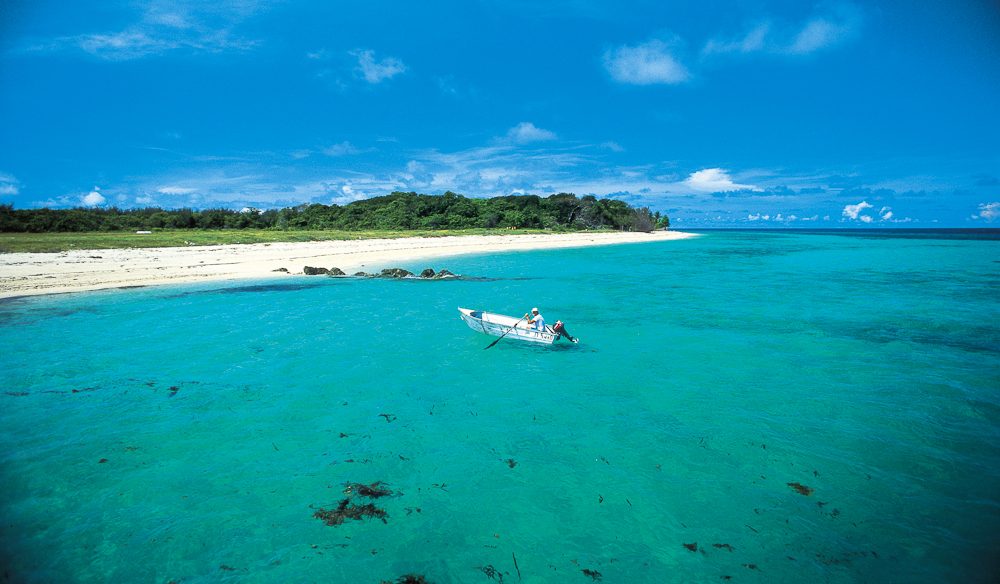
Where is it? Between Cape York and New Guinea
We’ve all heard of the Torres Strait Islanders, and we know they are Australian (in fact, many Torres Strait Islands are considered to be part of Queensland), but how much do we know about their home?
The Torres Strait Island group comprises 274 small islands that are a wonderful mix of Melanesian and Aboriginal culture.
Thursday Island is the best known, a friendly and easygoing holiday destination with beautiful scenery and a tragic history.
The Japanese Pearl Memorial and crowded cemeteries tell a sad tale of the once-thriving pearl base. If you are the adventurous type, there’s a wealth of island gems to discover here.
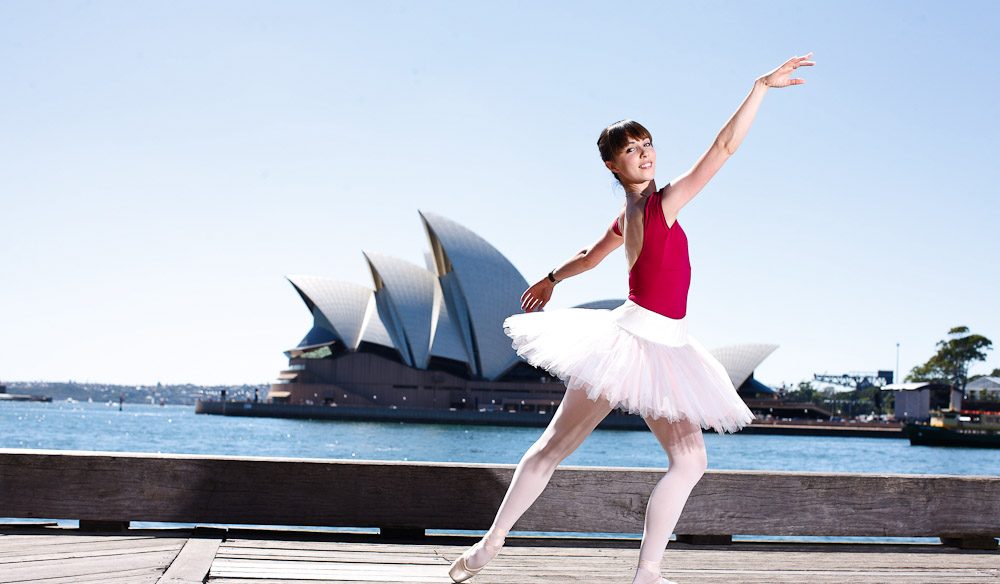
Where is it? Various venues around Australia
Watching ballet on TV is nowhere near as engaging as seeing it in real life. The amount of time, practice and raw talent dancers put into each Australian Ballet performance is incredible.
There is such power behind the grace on display…

Where is it? 134 metres above Sydney Harbour
Fancy an iconic climb? The French let you climb the Eiffel Tower, Americans let you climb the Empire State Building and the Chinese let you climb the many stairs along the Great Wall of China.
The Bridge is one of our most famous Aussie icons, so it’s only fitting you should be able to climb it. It’s become an iconic experience over the years, with the BridgeClimb luring in countless celebrities and other famous people seeking to soak up the unmatched Harbour view.
With magnificent views at any time of the day and sensational coloured skies at dawn and dusk, no wonder this is a favoured spot to pop the question.
There’s multiple lengths, times and flavours of climb to choose from to suit your budget and needs these days, as well.
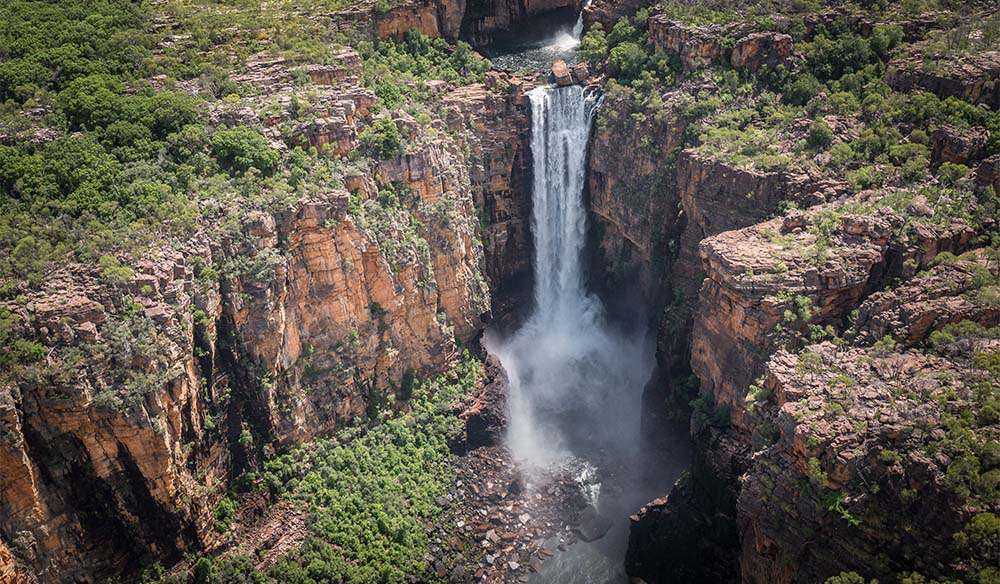
Where is it? Kakadu National Park, NT
With much of the incredible Kakadu National Park either inaccessible or harder to access from ground-level during the wet season, one must look at alternative modes of transport in which to soak in its drenched goodness.
Given that most of its massive waterfalls are at their most full-powered during this period, it’s well worth investing the extra coin to board a chopper and take in the incredibly active panorama from the air.
The likes of the towering Jim Jim and Twin Falls are much more impressive when in full flow, while the wetlands of Kakadu also appear much more colourful as well.
Soaring over the Arnhem Plateau and seeing the falls come into full view is a moving experience showcasing raw, untouched Australia at its best.
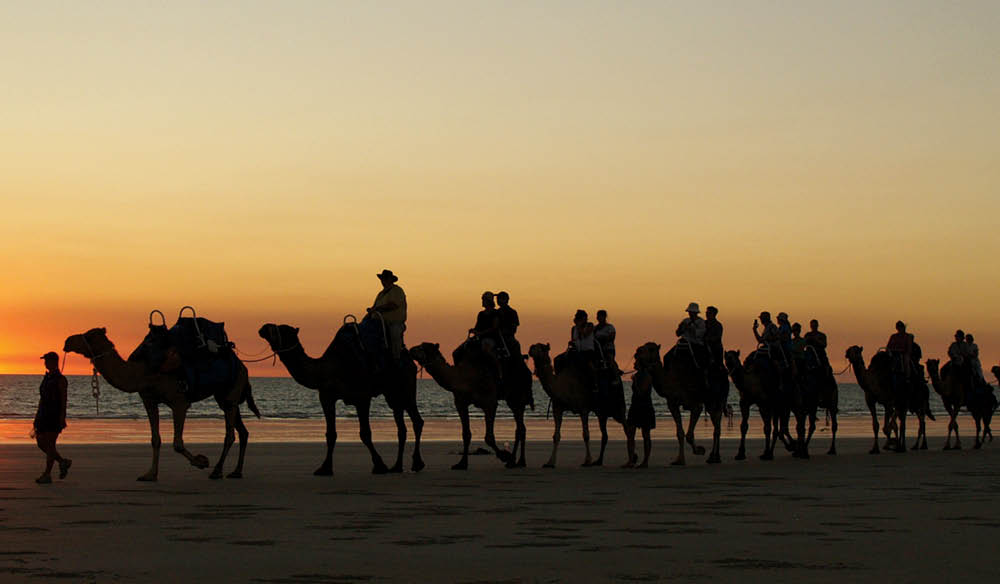
Where is it? Broome, the Kimberley, WA
Broome’s Cable Beach is home to some of the most gorgeous sunsets of anywhere in Australia, and as a result it tends to bring out tourists looking to enjoy them in a multitude of ways.
One of the most famous of these has become on camel back, with rides timed to coincide with sunset each day.
Strung out in single-file silhouette, they are a distinctive early-evening feature of this stretch of the Kimberley coast.
No matter how clichéd you might think the experience is as you sit here reading your mag, we defy you not to get swept up in the romance of the region and join a camel train when you next find yourself in beautiful Broome.
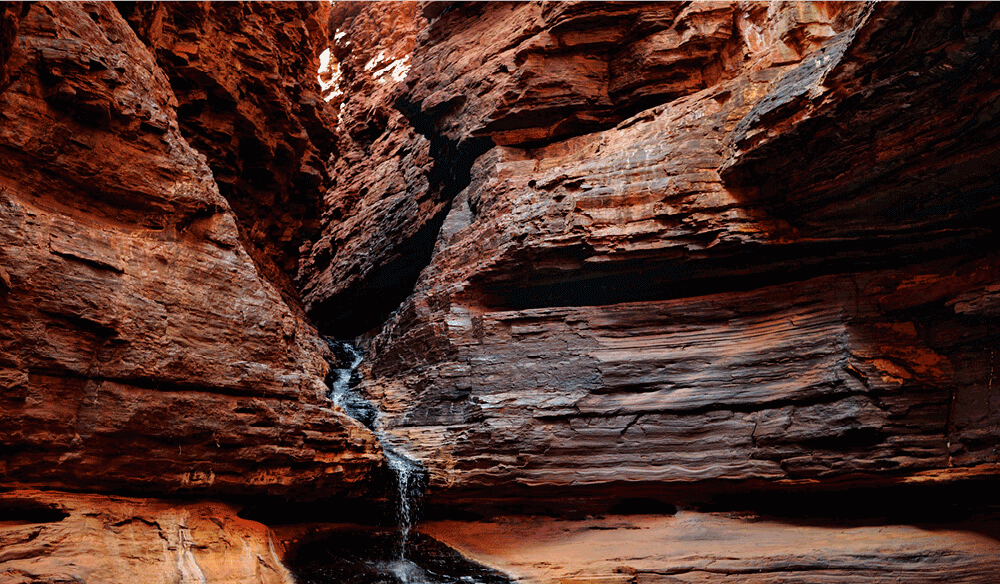
Where is it? In the Hamersley Ranges of the Pilbara in north-western WA
A two-hour drive from Newman, you’ll find the gorges, mountains, lookouts, secret swimming holes and waterfalls that define this awe-inspiring National Park.
Expectations of arid, desolate landscapes are exchanged for delight at this diverse, rugged, red-rock landscape with often surprisingly green patches, and numerous places to take a dip.
In addition to its distinctive time-worn rock formations, there are plenty of shady campsites in Karijini for those looking to extend their stay.
Be sure to base yourself for at least a night at Dales Gorge, from where you can hike to spectacular Circular Pool.
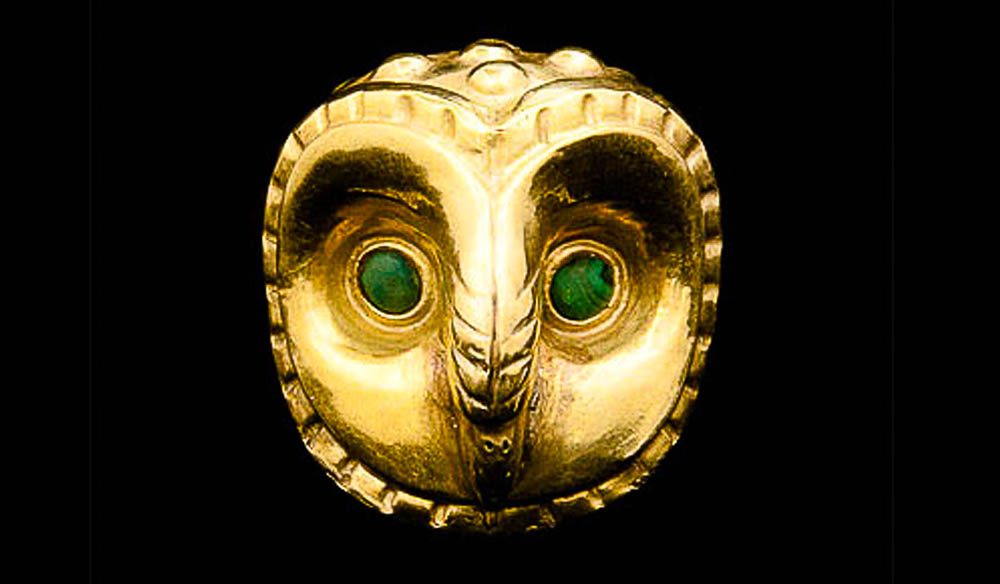
Where is it? The National Gallery of Australia, Parkes Place, Canberra, ACT
There’s much to see at the NGA – home to perhaps Australia’s best static collection of artworks spanning thousands of years of history.
Highlighted by its fantastic indigenous arts wing, which includes both contemporary pieces and historic artefacts, it’s easy to while away a day here and ideal for exploring on a rainy Canberra day in particular.
Yet one additional exhibit no visitor here should miss is the Ned Kelly series by Sidney Nolan.
The series is housed in its own oval exhibition space, purpose built to display the 26 paintings that depict the rise and fall of Australia’s favourite outlaw, from the shooting of policemen at Stringybark Creek to the siege of the Glenrowan Hotel.
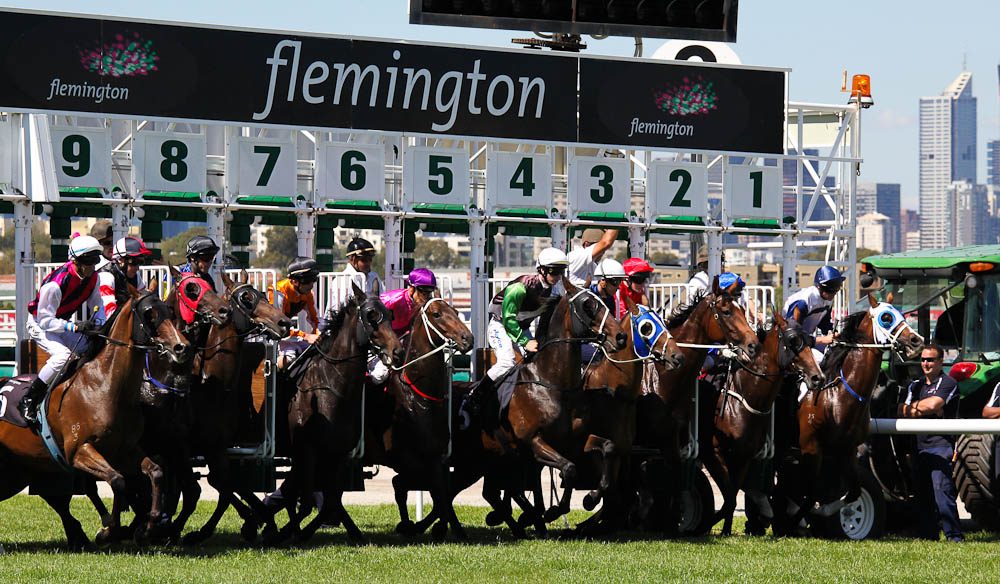
Where is it? Flemington Race Course, Melbourne, Vic
It’s cliche to say it at this point, but this really is the ‘race that stops the nation’: Victorians get a public holiday for it, the rest of the country clips on their fascinators and slips down to the local pub to watch it on the telly.
But once in your life you should make a special trip to Flemington to be trackside on the first Tuesday in November to experience the Melbourne Cup in person.
The combination of excitement, atmosphere and energy is unbeatable, and it draws in some exclusive names in terms of attendees each year.
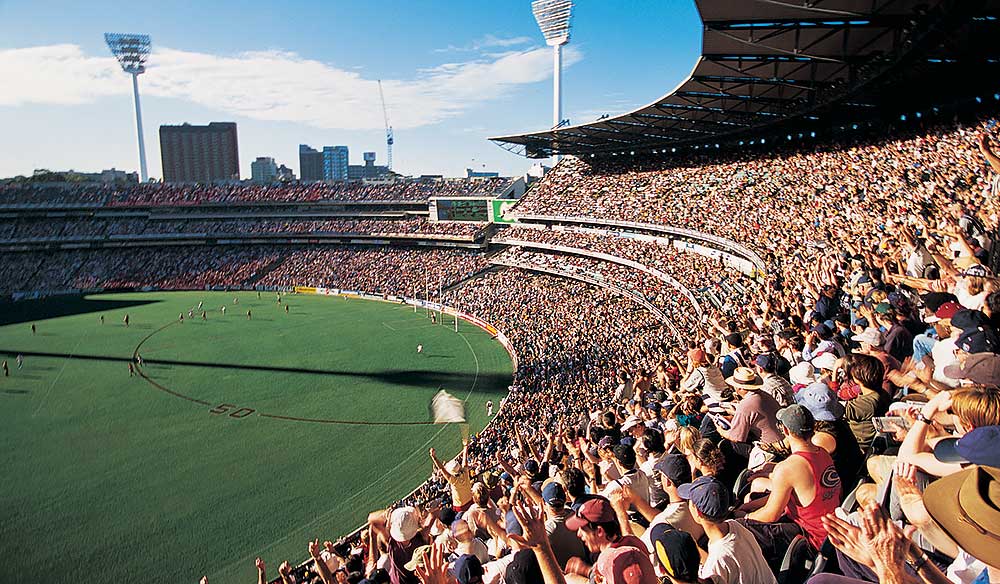
Where is it? Brunton Avenue, Richmond, Vic
In terms of enthusiasm, there’s nothing like a Melbourne sports fan.
Whether it’s for the Boxing Day Test or the AFL Grand Final, get among the locals in the historic stands at the MCG and you’ll soon know you’re alive alright.
You can get here by train, bus or bicycle, but it would be unMelbournian not to come by tram.
Built in 1853, the “G” holds a total capacity of 100,018 spectators, and at capacity creates an incredible, roaring atmosphere that still somehow manages to feel intimate.
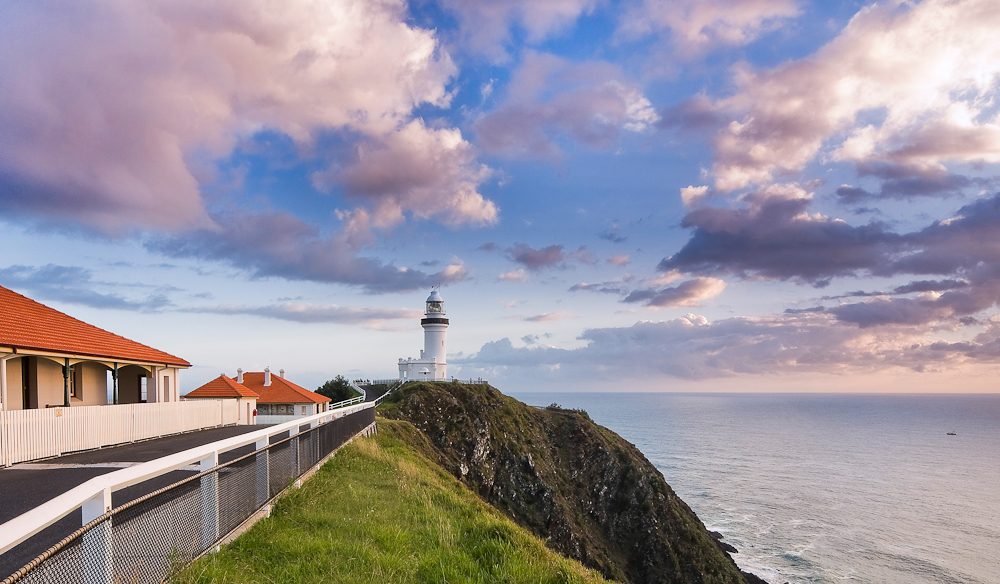
Where is it? Cape Byron Lighthouse, Cape Byron Headland Reserve, NSW
The most easterly point on mainland Australia, the Cape Byron headland features a nostalgic white lighthouse built in 1901.
Ninety-four metres above sea level, the lighthouse is the perfect spot to watch the sunrise, and attracts many tourists to do just that, especially on New Year’s Day.
Because Byron’s full of alternative types, you’ll often see people silently sitting cross-legged to meditate on the new dawn, or doing yoga on the beach.
You may even spot dolphins or whales enjoying the early morning light just offshore.
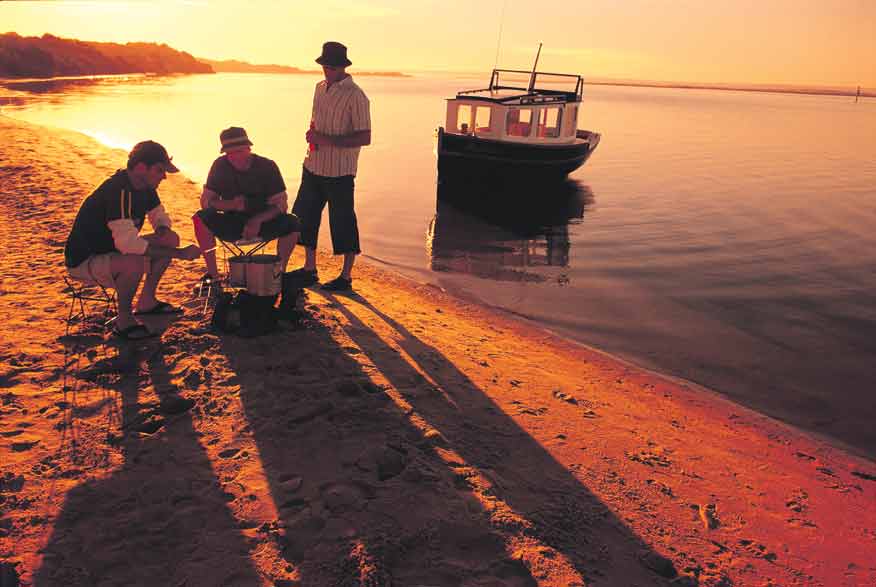
Where is it? Beaches around Australia
Come summer, it seems every Aussie and their meat tray is having a backyard barbecue. But having a barbie on the beach with a bunch of mates is something extra special.
Many of Australia’s beach parks have public barbecue facilities – Australian Traveller recently enjoyed one at Bronte Park in Sydney, followed by a game of beach cricket – but there’s nothing more special than finding a secluded beach while on a camping trip, marking out a circle of stones in the sand, and cooking up the catch of the day.
We hear Victoria’s Ninety Mile Beach is pretty good for that. Just make sure you keep track of the fire restrictions, and hide those stubbies in the esky from view.
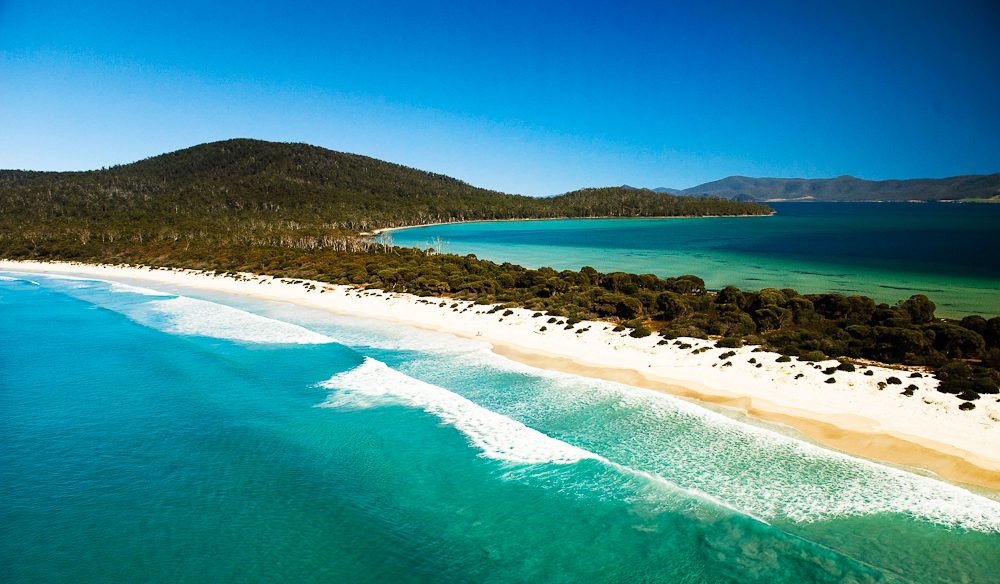
Where is it? Off Tasmania’s mid-east coast
It’s just a quick ferry ride from Triabunna to this secluded island, which is entirely a National Park – there’s no shops or cars or permanent residents, just crumbling convict-built ruins, gorgeous historic houses and more nature than you can point a stick at.
Maria Island is criss-crossed with walking trails and is well known for the excellent bird watching opportunities from the cliff tops, where you can also spot seals, whales and sea eagles in their natural environment.
Along the way you’ll see Cape Barren geese, kangaroos, pademelons, wombats, echidnas and fairy penguins.
The ultimate way to experience the island is with the award-winning tour operator Maria Island Walk (a four-day guided hike) that provides an in-depth, multi-day look at all its highlights.
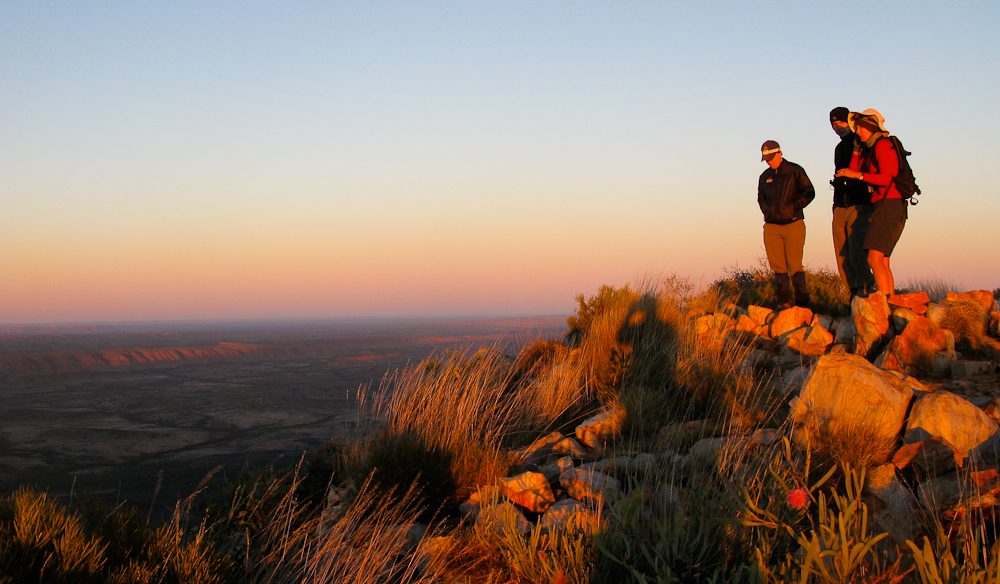
Where is it? Central Australia, from Alice Springs Telegraph Station to the summit of Mount Sonder
A gruelling 12-stage hike through the geographic heart of Australia, the Larapinta Trail stretches 233km along the West MacDonnell Ranges in the Northern Territory.
This is an “epic” walk in every sense of the term – one that covers a wide variety of elevations and terrain times, and rewards you for your efforts with expansive, sweeping valley views.
It even suggests tour operators who can guide you on the walk if doing it yourself sounds too difficult.
It’s not a trek for the faint hearted, but the Trail’s website is one of the best for planning a hike like this. It gives tips on safety, organising food, water and equipment, and tells how to tackle the trail.
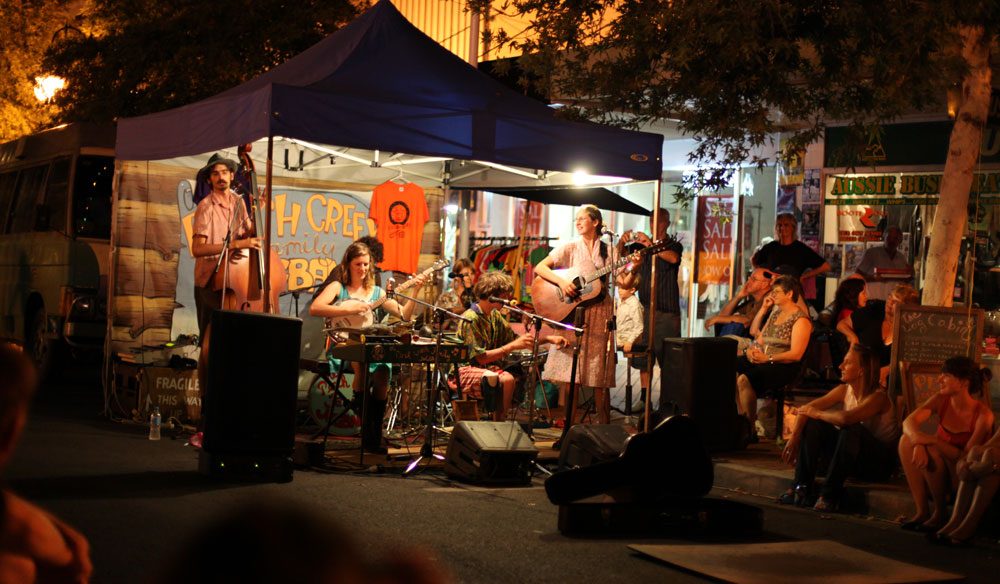
Where is it? New England, Northern NSW.
If you subscribe to the belief that there are only two types of music – country and western – make the pilgrimage to Tamworth in January for the nation’s premier music festival.
With 55,000 other folk boot scooting around town, it’s got a great vibe for all ages, and gives you the chance to see some of the country’s greatest (country) stars take the stage, as well as talented unknowns.
It’s a 10-day event that’s comprehensive and includes not only music but 120 venues packed with a range of entertainment, including zones for those visiting with kids.
Next year’s event takes place January 20-29. Go at least once; you’ll love it even if you don’t own a cowboy hat.

Where is it? 337km south-east of Adelaide, on the Limestone Coast, SA
In the 19th Century, lobsters were known as ‘poor man’s food’. Weird, huh?
Head to South Australia’s charming coastal town of Robe between October and May when southern rock lobster is in season – it’s the best lobster around, which is why boxes of them are exported to China, Taiwan and Hong Kong.
Dining on lobster is always a treat, but to sit in front of the very ocean it was plucked from whilst sipping a glass of champagne makes the experience even more delightful.
While there, be sure to explore Robe’s other charms including its lovely beaches, walking trails, and a visit to its iconic red-and-white striped “obelisk” that looks soon to topple into the sea thanks to weathering and erosion.
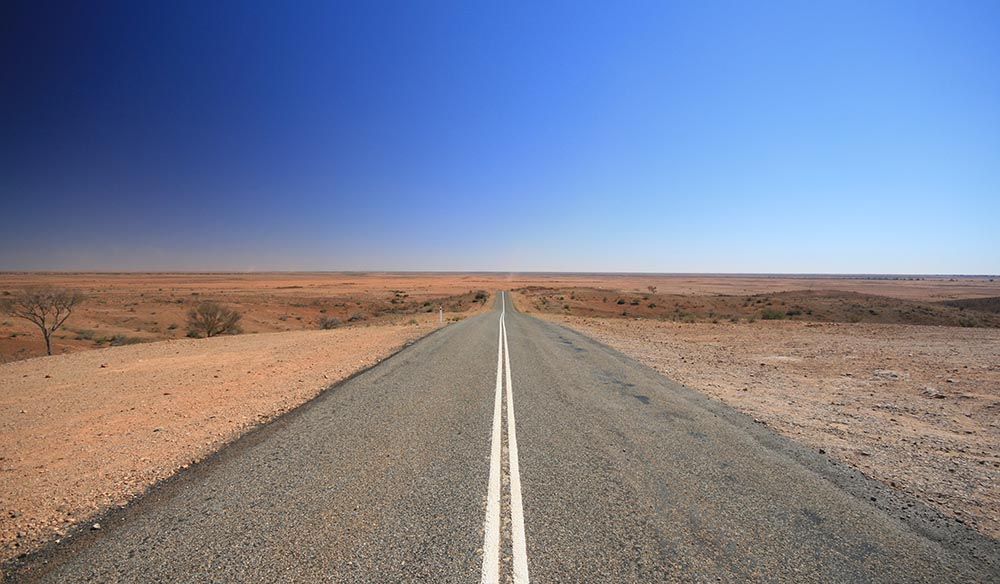
Where is it? A patch of semi-arid country leading inland from The Great Australian Bight in south-eastern WA and south-western SA
You might think that driving along a flat, straight road for four days doesn’t sound very exciting, especially when you can fly through it overnight by train, but it’s something every Australian traveller should consider in their lifetime.
The Nullarbor “no trees” Plain is just like what most people think the entire interior of our country is like before they’ve actually been out there and experienced its diversity.
The former ancient sea bed is pretty flat with low scrub for the most part and you certainly won’t get lost on the straight road – but it’s hardly a Sunday drive.
You’re tracing a path across very, very, very big empty space, and the wildlife doesn’t know to stay off the road (watch for kangaroos, dingoes and even camels). Weather watchers will love it, too, as you can watch it closing in.
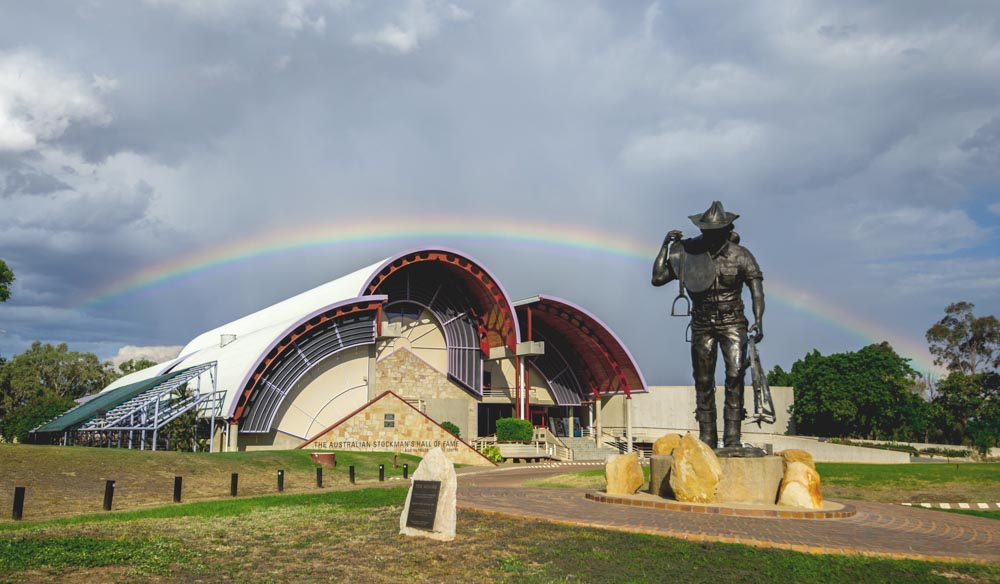
Where is it? Longreach, 700km west of Rockhampton
It’s one thing to be taught about Australian history, but it’s another to experience it yourself. The Australian Stockman’s Hall of Fame is surprisingly moving.
Over one million visitors from all over the globe have passed through this Longreach institution since it opened in 1988, and it remains a popular way to learn about our outback heritage.
Major collections include Smoky Dawson’s personal belongings, Sharman’s Boxing Troupe memorabilia, a selection of Hassett whips and items from the Australian Women Pilot’s Association.
Quite honestly one of the most interesting (and Aussie) museums in Australia.

Where is it? A maze of laneways in the heart of the Melbourne CBD…
Jammed with restaurants, bars, clubs, hole-in-the-wall coffee joints, boutiques, arcades and street art, Melbourne’s laneways provide a great weekend’s worth of wandering.
They embody the still-indie vibe Melbourne embodies despite its massive growth into a global city, with wanderers still able to stumble upon a relatively unknown cool little boutique or specialty cafe each with their own character (and characterS who run the place).
The diversity of shopping on offer is simply excellent as well. All the laneways are unique, but be sure to check out the ever-changing urban art gallery that is Hosier Lane, as well as eat the best tapas in Australia at MoVida while you’re there.
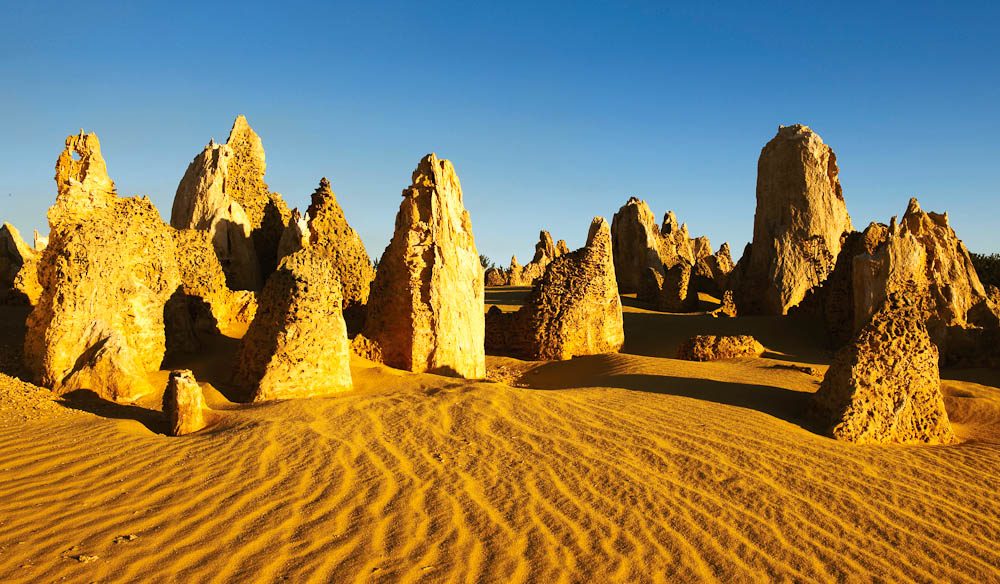
Where is it? 200km north of Perth near Cervantes in the Nambung National Park
Stretching like 1000 giant tomb stones across the desert, these limestone pillars are about 30,000 years old, and the remnants of a receding sea.
It paints an eerie, moonlike landscape that’s incredibly unique to drive through, with the distinct mix of colours, shadows and jagged rocks unlike anywhere else in Australia.
They make for spectacular photo opportunities, especially at sunset as the light plays with the formations at various angles – and on a clear night, the clarity of the night sky is astounding.
Just three hour’s drive north of Perth, the alien landscape is a drawcard in itself, but if you want to learn more about what you’re looking at, check out the Pinnacles Desert Discovery Centre in the National Park.
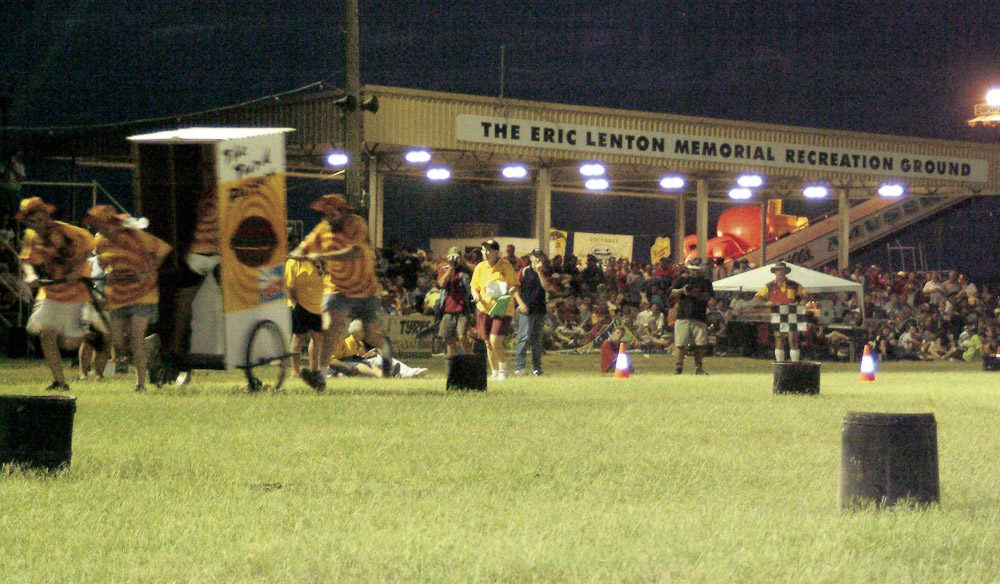
Where is it? 1400km north-west of Brisbane, QLD
Every second year since 1972, residents of Winton have held a week-long festival to celebrating the tenacity and down-to-earth sprit of The Outback.
There’s the Australian Dunny Derby (outhouse racing; probably better seen than explained), a bush poet’s breakfast, and outback iron man, woman and kid competitions.
It’s a great festival for families with young kids. To really get into the spirit, stay in Tent City during the festival (September, typically.)

Where is it? Brewarrina Fish Traps, on the banks of the Barwon River in north-west NSW
Forty-thousand years is a long time to be sitting in the same riverbed, but the engineering prowess of early indigenous Australians is evident from the Brewarrina Fish Traps, a system of stone weirs and pools that are still intact all these years later.
The fish traps are about half a kilometre long and were devised to catch fish as they swam upstream.
They once served as a major gathering site for the region’s indigenous inhabitants, and were added to the Australian heritage list back in 2005.
They’re a remarkable example of ancient innovation of being able to exploit the natural landscape to ones advantage – in an entirely environmentally-friendly way. Pretty cool stuff.

Where is it? East Circular Quay, on Sydney Harbour
Swarms of tourists surround the Sydney Opera House, joggers run up and down its stairs and many drink at its fantastic outdoor bar.
People gawk at its incredible tiled sails, but many don’t venture inside the House to check out its equally awesome interior (even the toilets are cool).
There are behind-the-scenes tours available, but to experience the Opera House the way it was intended, it pays to see a performance.
As well as opera, there is a steady schedule of theatre, music, dance, talks and contemporary performance. Make it a rule to see at least one show, event or performance here per year as the lineup is eclectic and continually changing.

Where is it? Just off the Queensland coast
You’re guaranteed to find a great family holiday on one of the 600 islands along the 3000km-long Great Barrier Reef.
The kids will love playing in one of the Seven Wonders of the World, and there are adventurous day trips to be had, from snorkeling and wakeboarding to glass-bottom boat trips. A great base has always been Hamilton Island (pictured right).
The lineup of island amenities, resorts, hotels and ownership is continually changing here, but the variety of islands and star levels means there’s almost always a Great Barrier Reef stay to suit every level of budget.
From camping on Lady Musgrave Island in the south to the ultra-luxury of Lizard Island in the north and everything in between, there’s sure to be a Great Barrier Reef island out there for you.
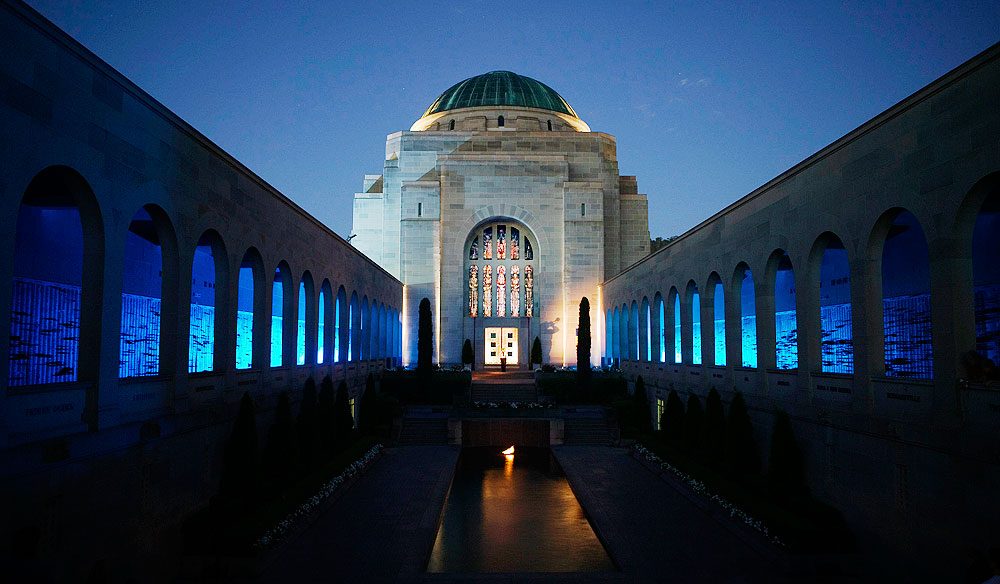
Where is it? Treloar Crescent, Canberra, ACT
Clip a sprig of rosemary to your chest and join a crowd of thousands at 5.30am on April 25 to commemorate the soldiers who have served our country on overseas battlefields and on peace-keeping missions, and pay your respects to those who have lost their lives.
The most comprehensively curated monument to our ANZAC heroes in the country, Canberra’s Australian War Memorial is a moving place on any occasion, both in terms of its stoic architectural style and the many tributes which lay within.
Attending during the ANZAC commemorations takes things to an entirely new level, as the eerie sound of the lone bugler playing the Last Post seldom fails to bring a tear to the eye of any true Australian.
XXXXXX
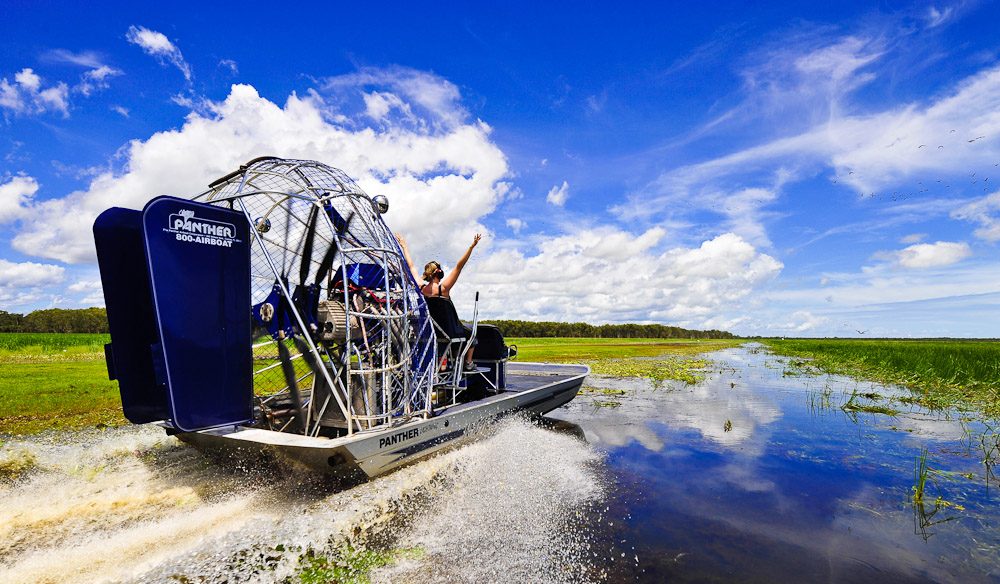
Where is it? Only an hour’s drive from Darwin, the Mary River Catchment area is roughly halfway between the NT capital and Kakadu;
Welcome to the land of jumping crocodiles, flocks of rare birds and wetlands for as far as the eye can see.
The Mary River Wetlands is one of the rarest land systems in the world, covering about 8000-square kilometers worth of incredible terrain and wildlife.
You’ll find excellent fishing spots and spot water buffalo, birds of prey, red-tailed black cockatoos, dingoes and salt-water crocs. Lily-covered billabongs abound, as does eco-tourism.
This is where Anthology recently opened Wildman Lodge, but there are more affordable options here too, such as Mary River Park, which has cabins and powered sites available.
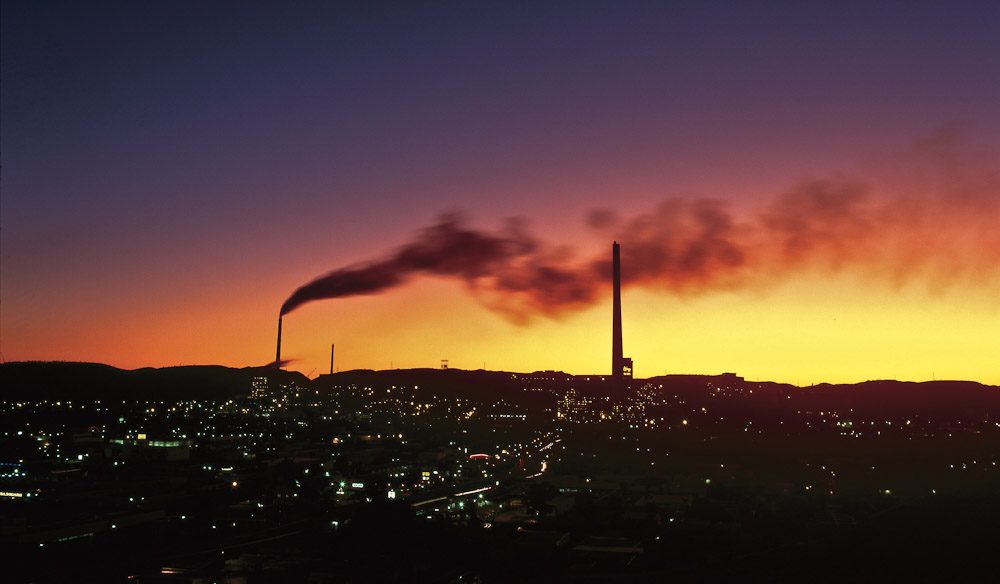
Where is it? 904km west of Townsville, QLD
They reckon you’re not a real Aussie till you’ve been to “the Isa”. If you’re craving a holiday with rough-around-the edges landscapes and heart-of-gold locals, this is the place.
The world’s largest single producer of silver and lead, as well as being in the top ten for zinc and copper, Mt Isa is the only place in the world where four minerals are available in such close proximity.
The most common reason people travel here is for the mining tours, so make sure you book ahead.
But if you get stuck, you can always go fishing, camping, 4WDing or just photograph the contrasting colours of the desert.
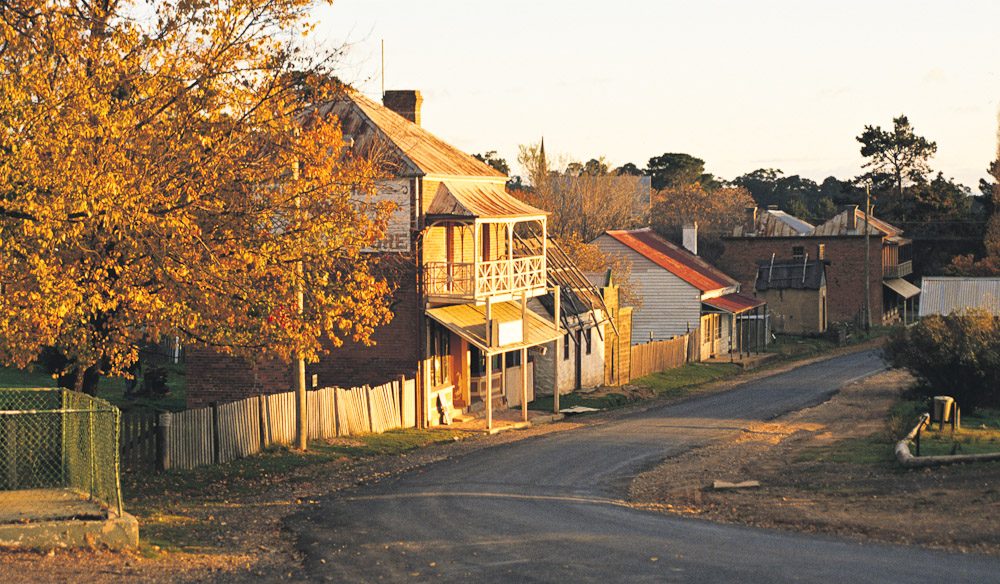
Where is it? 75km from Bathurst, NSW
One of the most charming historic towns in NSW, Hill End has seen periods of boom and bust.
In the 1870s prospectors flocked to the site of the world’s largest gold nugget, swelling the population to 10,000. With over a kilometre of shops to accommodate the ensuing trade, The Royal Hotel (built in 1872) is the only one to survive, and still serves patrons to this day.
By the 1940s, the miners had moved out, and the artists started moving in. Russell Drysdale was one of the first, and Brett Whitely, Margaret Olly and John Olsen have all spent time here. There are two artist-in-residence cottages here to keep the cultural heritage of Hill End alive.
But if you’re not interested in any of that, the town also offers great 4WDing via the Bridle Track to Duramana.
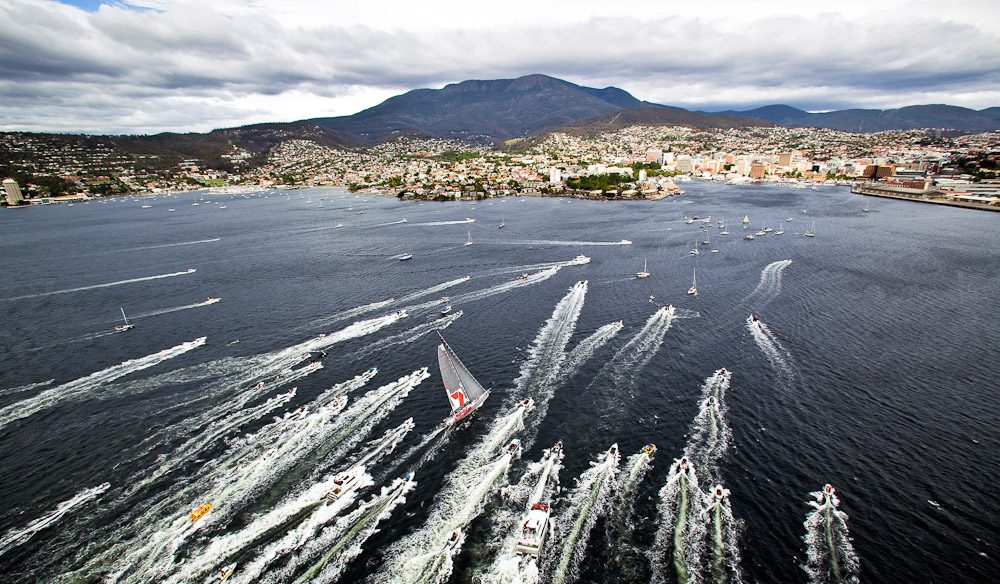
Where is it? Constitution Dock, Hobart, TAS.
So you missed the beginning of the Sydney to Hobart Yacht race because you were at the Boxing Day Test Match? It’s okay; as long as you catch the end of this incredible endurance race.
Tassie’s capital serves as the final destination for those intrepid sailors who have braved the waters of the Bass Strait – a crossing that has often proved deadly in the past.
Hearing progress reports on the news and tracking the race online creates such a sense of anticipation, not only for the winner but for everyone else arriving safely, too.
Get to the finish line before the yachts do and wait eagerly among the crowd to see which exhausted team makes its way up the Derwent River to the finish line first.

Where is it? Prairie Hotel, Parachilna, 200km north of Port Augusta, SA
South Australians will tell you that the best reason to travel 500km north from Adelaide to the middle of nowhere is for the food.
With utes parked out the front, cold beer always on tap, easygoing strangers willing to have a yarn and native produce on the “Flinders feral food” menu, the Prairie Hotel is about as Aussie as it gets.
There’s always a cheerful atmosphere in the oldest pub in the country and it has panoramic views of the Flinders Ranges.
This really is the “Outback on a plate”.

Where is it? Stuart Highway, 100km south of Tennant Creek, NT
Traditional Dreamtime stories describe the balanced boulders as fossilised Rainbow Serpent eggs called ‘Karlwe Karlwe’ (or Karlu Karlu) by its indigenous inhabitants.
They are more commonly known as the Devils Marbles, and although they look stunning in a photograph you’ll get a much more dramatic impression up close.
Discovering the cultural significance of the site to the Aboriginal community will make you understand why it’s such a treat for us to be able to get so close.
And no, your seven-year-old isn’t allowed to swap one for a cat’s eye, a galaxy or a spec
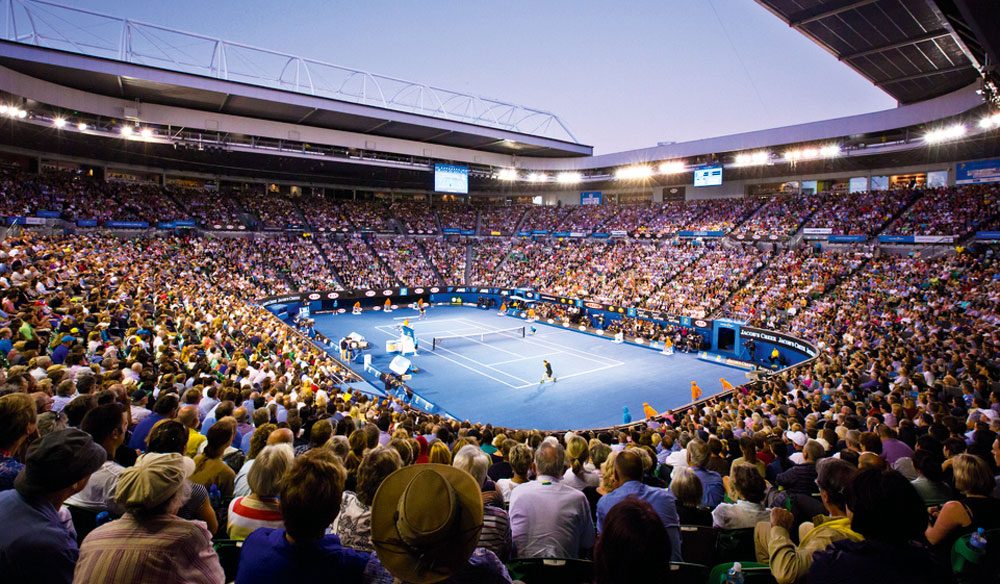
Where is it? Melbourne and Olympic Parks
January’s a pretty good time for sports fans to hit Melbourne, not in the least for the first Grand Slam of the tennis year.
All the world’s top players flock here, but you don’t have to be a megastar yourself to score tickets, and it’s a very accessible venue otherwise.
And hey, at least the weather’s typically better than at Wimbledon.
And just in case it isn’t (this is Melbourne after all), both Rod Laver and Hisense Arenas have retractable roofs to help keep things dry.

Where is it? Most major cities, all over Australia
Take advantage of Australia’s almost universally-warm weather, grab a deck chair and enjoy watching a movie in entirely more natural surroundings at one of the many outdoor cinema experiences our country has to offer.
Nowadays, almost every capital city (and some regional cities) offer outdoor moviegoing during the warmer months, and the ability to watch some of the new releases or classics under the stars feels undeniably cool.
With the likes of the Moonlight Cinema in the bigger capital cities or Darwin’s famous waterfront Deckchair Cinema now having run for multiple years, they’re established and well-equipped venues that continue to grow in popularity.
Just don’t forget to bring the mozzie spray.

Where is it? Cape Tribulation, Qld, 140km north of Cairns
If you’ve ever wanted to see what Australia looked like to dinosaurs, Cape Tribulation is where you’ll find out.
This gorgeous coastal region in the Daintree National Park / Wet Tropics Rainforest is where the rainforest meets the Coral Sea.
It’s also the only place on earth where two areas on the World Heritage List sit side by side: The Wet Tropics of Queensland and the Great Barrier Reef.
The rainforest is the most ancient of its kind in the world at 135 million years old and the Great Barrier Reef is the world’s largest coral reef ecosystem.
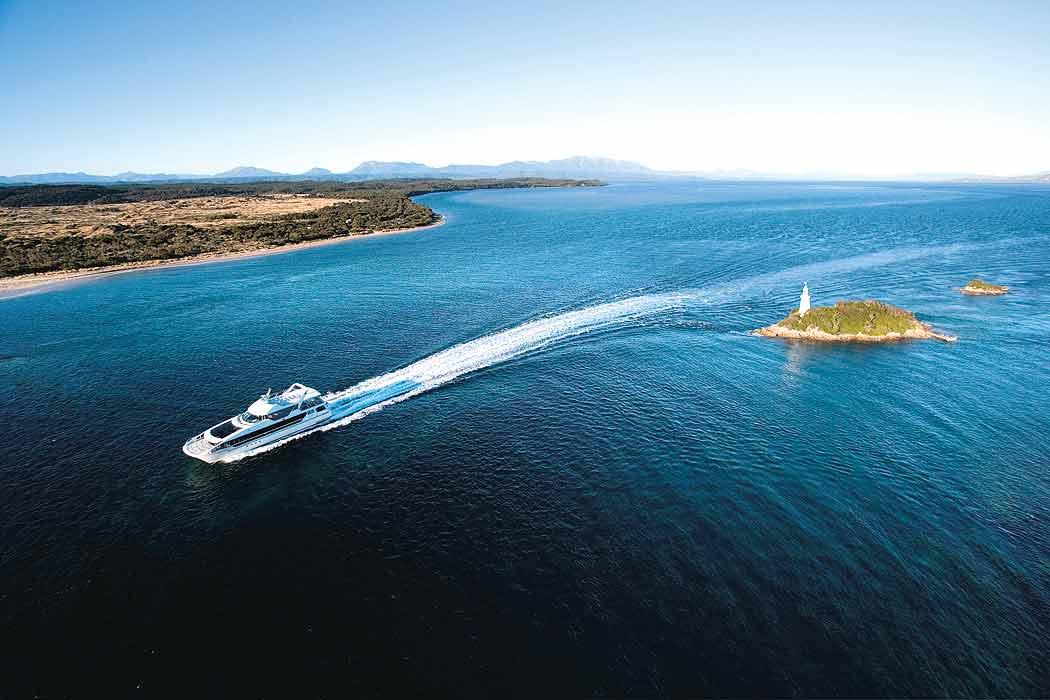
Where is it? Strahan, Tasmania
Float past ancient World Heritage-Listed rainforest on the silent waters of Macquarie Harbour, where the Gordon River meets the rough Southern Ocean through the appropriately named Hells Gates.
The unique waterway is fresh water with a saltwater layer underneath, so fishermen are most likely to hook an escapee from the Atlantic salmon and ocean trout fish farms around the harbour.
Both make better eating than the human flesh enjoyed by Alexander Pearce, the most infamous escapee from the former convict station of Sarah Island in the south.
Departing from the character-rich town of Strahan, this is one of Tasmania’s secretly most-popular experiences that many still don’t know about.
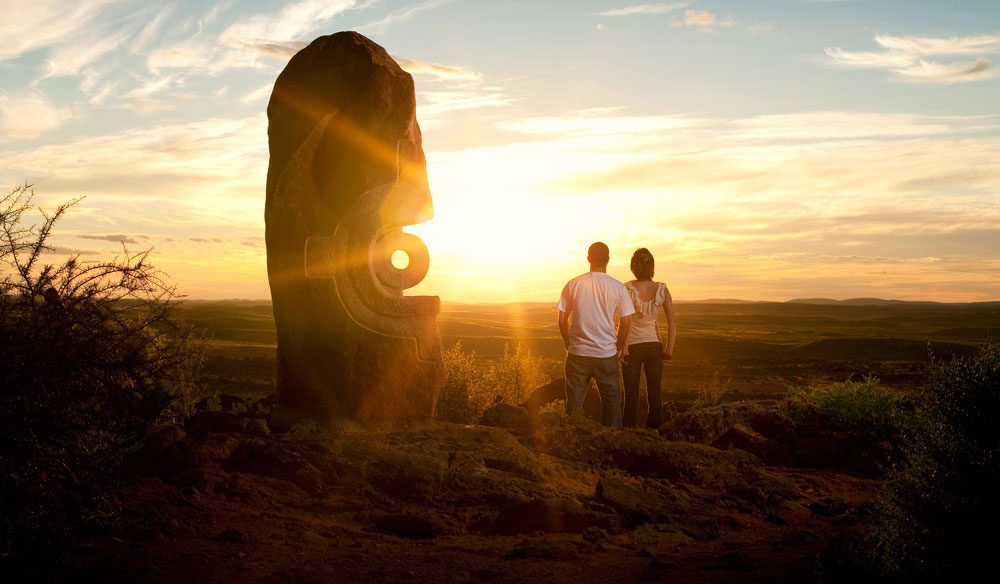
Where is it? 9km north of Broken Hill, NSW
Take a picnic and watch the sun set over one of the world’s most spectacular outdoor galleries, the Sculpture Symposium: 12 individual stone works carved by Australian and international artists in 1993.
To see the sculptures at their best, get there at either end of the day as a pink and yellow sky swirls around, perfectly complementing the works.
Broken Hill itself is rich in history, with spotless parks and gardens, more galleries than pubs and fantastic restaurants.
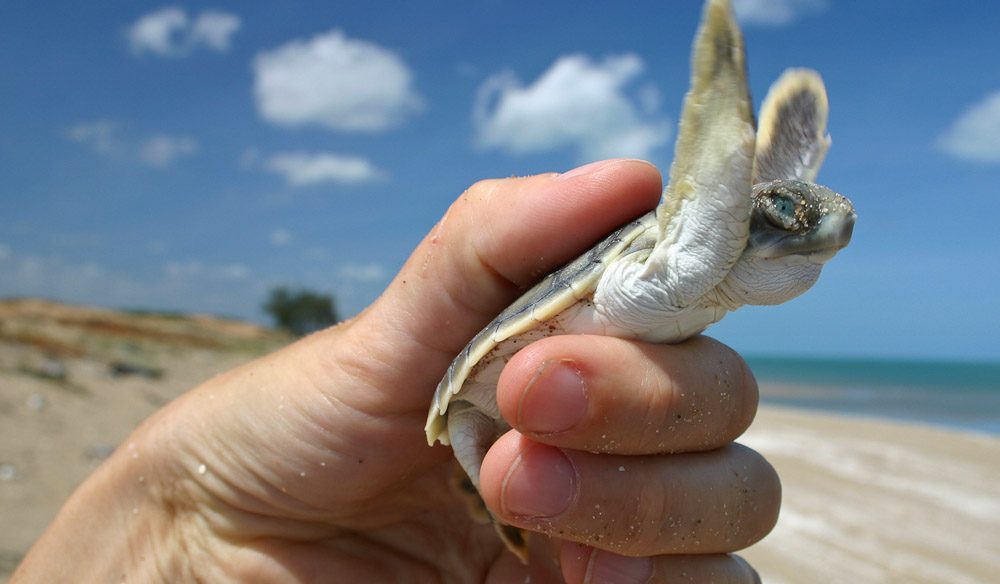
Where is it? Various locations all around Australia
In most cities, you’re rarely more than a possum screech away from someone collecting for an environmental charity.
But if you want to do more than donate loose change, join one of the many ongoing projects that protect Australia’s flora and fauna.
Take a true eco-tourism holiday to help conserve the remote regions and endangered species in some of Australia’s most special locations.
You could end up removing non-native plants in the Adelaide Basin Wetlands of WA or camping at Dingo Beach in the Whitsundays while you rehabilitate the bank of the Gregory River.
There are opportunities all over Australia, especially as a result of recent dire bushfires our country has experienced.
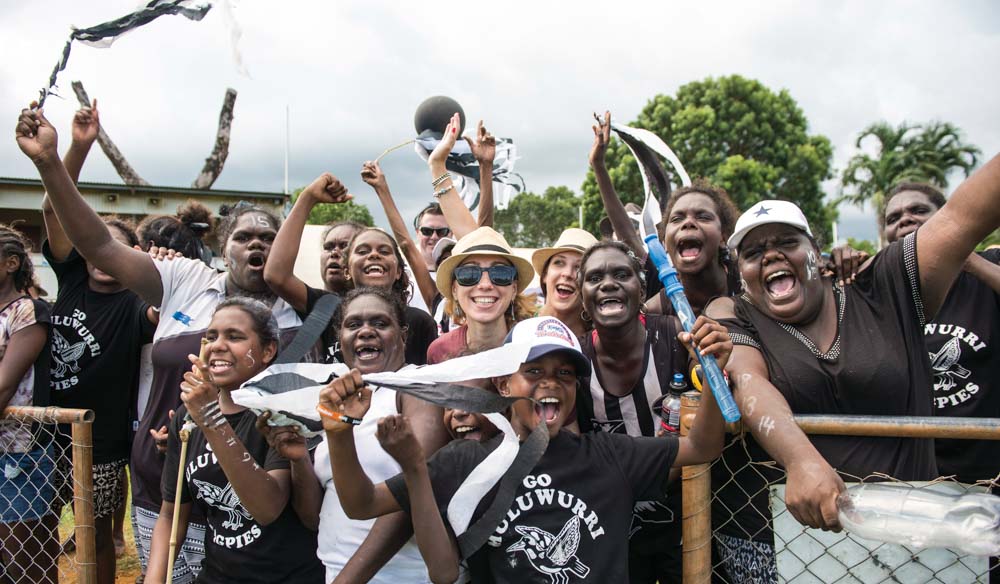
Where is it? 80km north of Darwin, NT.
Think you’re sports-mad? Wait until you experience the Tiwi Islands grand final in March.
But start in the morning by taking a stroll around the Tiwi Islands Art Sale. You’ll learn more about the cultural history of the islands, and for a reasonable price you’ll get to hang a piece of that history on your wall.
As the afternoon gets steamy, squeeze yourself into a crowd almost double the islands’ population to watch the fast-paced Tiwi Islands Football League grand final.
Just make sure you’re prepared for the deafening roar – they really love their footy round here.
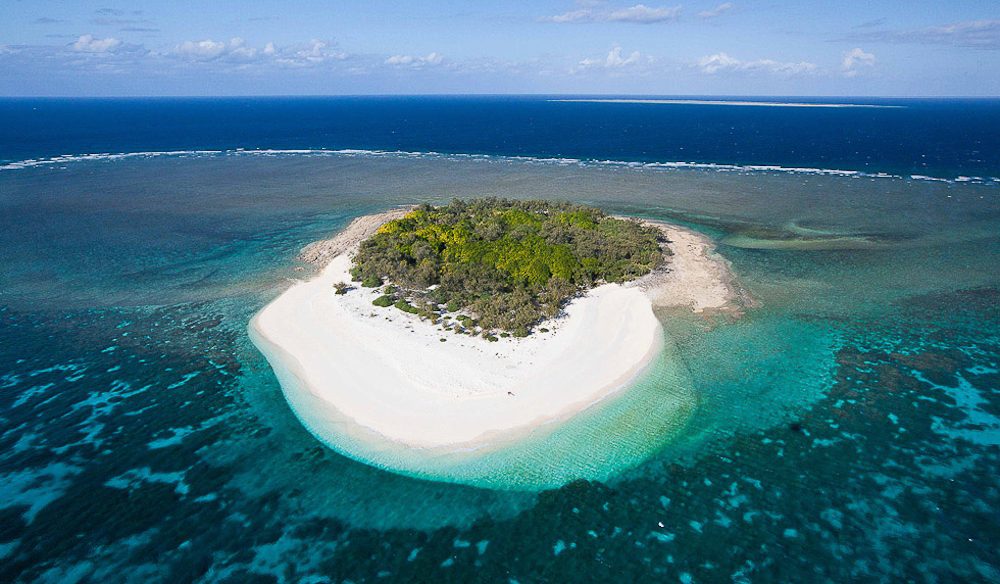
Where is it? 70km north-west of Gladstone, Qld
It’s a better class of castaway who washes up on Wilson Island, though they might resent being rescued at the end of their sojourn.
It has everything you’d want from a desert island – including catering. A gentle emerald sea filled with brightly coloured fish surrounds this tiny coral cay, the nesting spot of green turtles.
The accommodation comprises six safari-style tents, already set up for no more than 12 guests, and there’s a communal longhouse where meals are served.
Sunshine, peace and nature: need we say more?